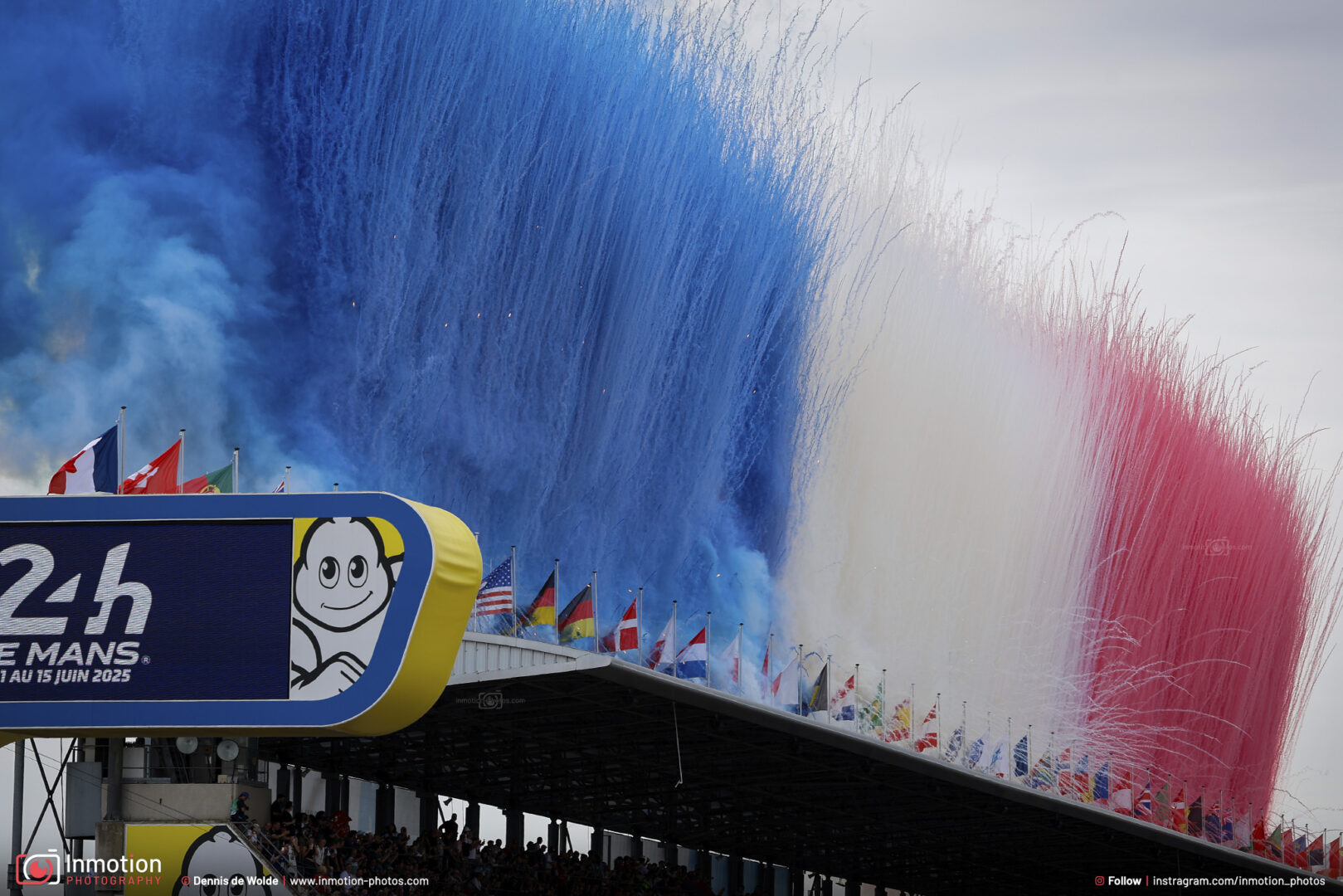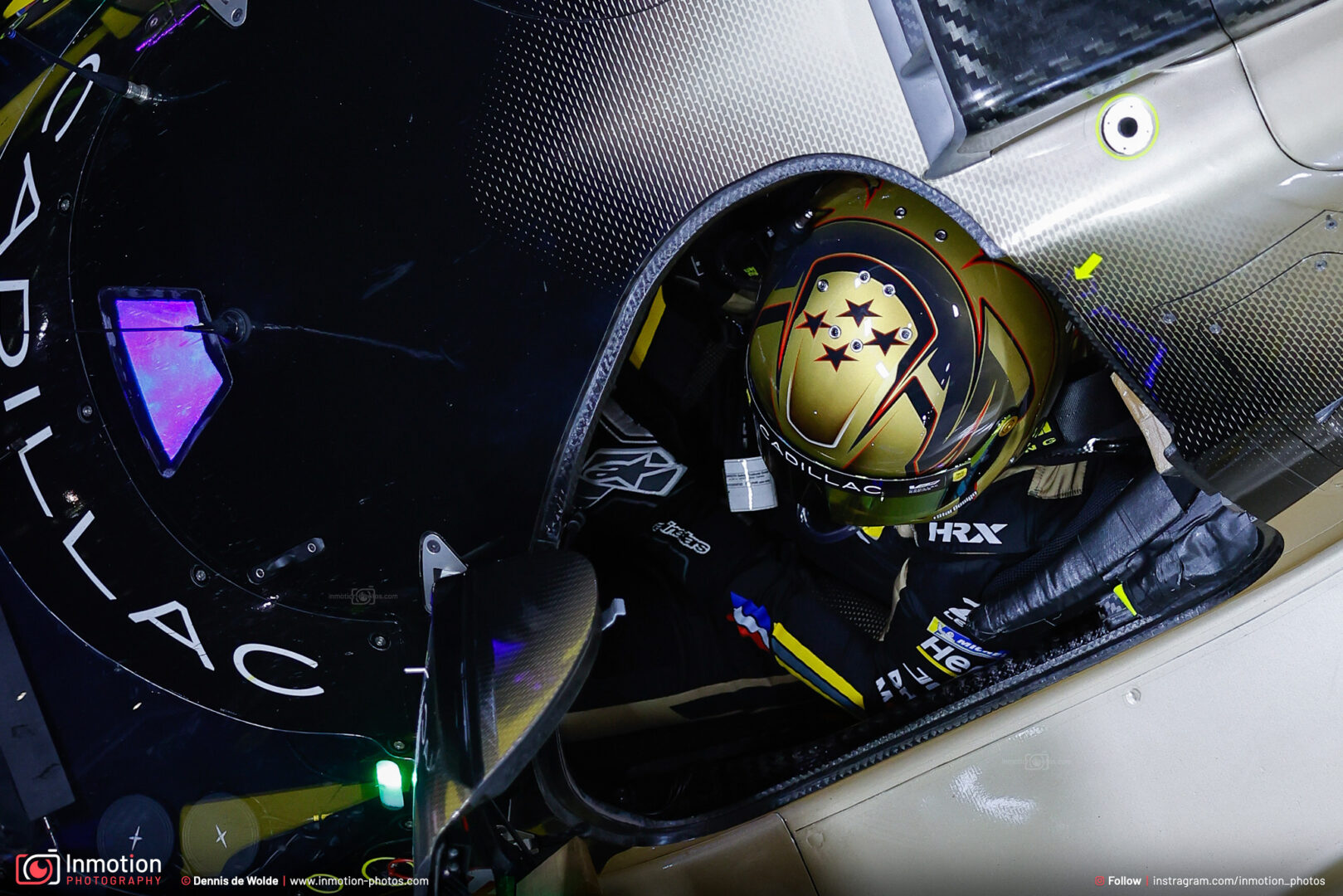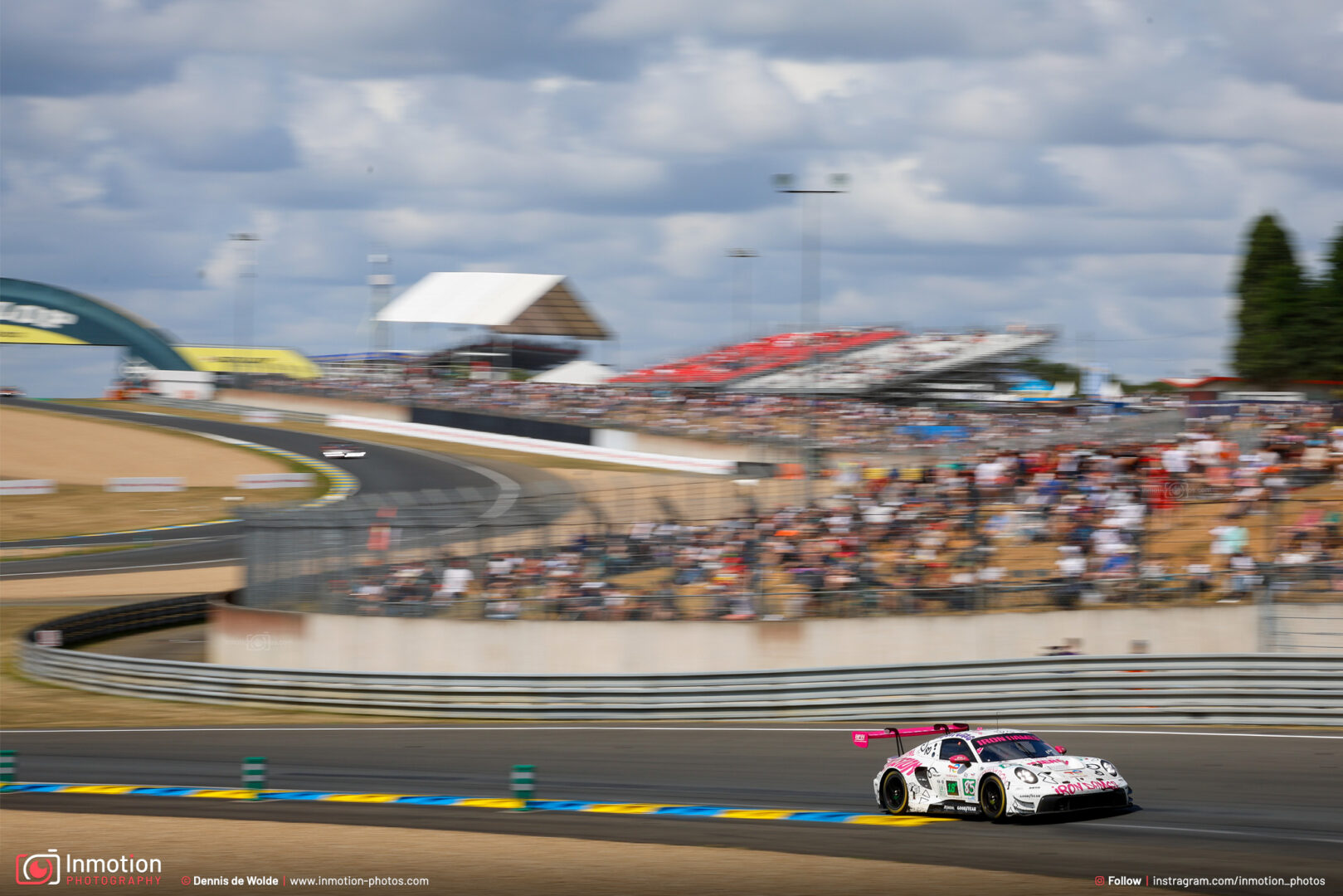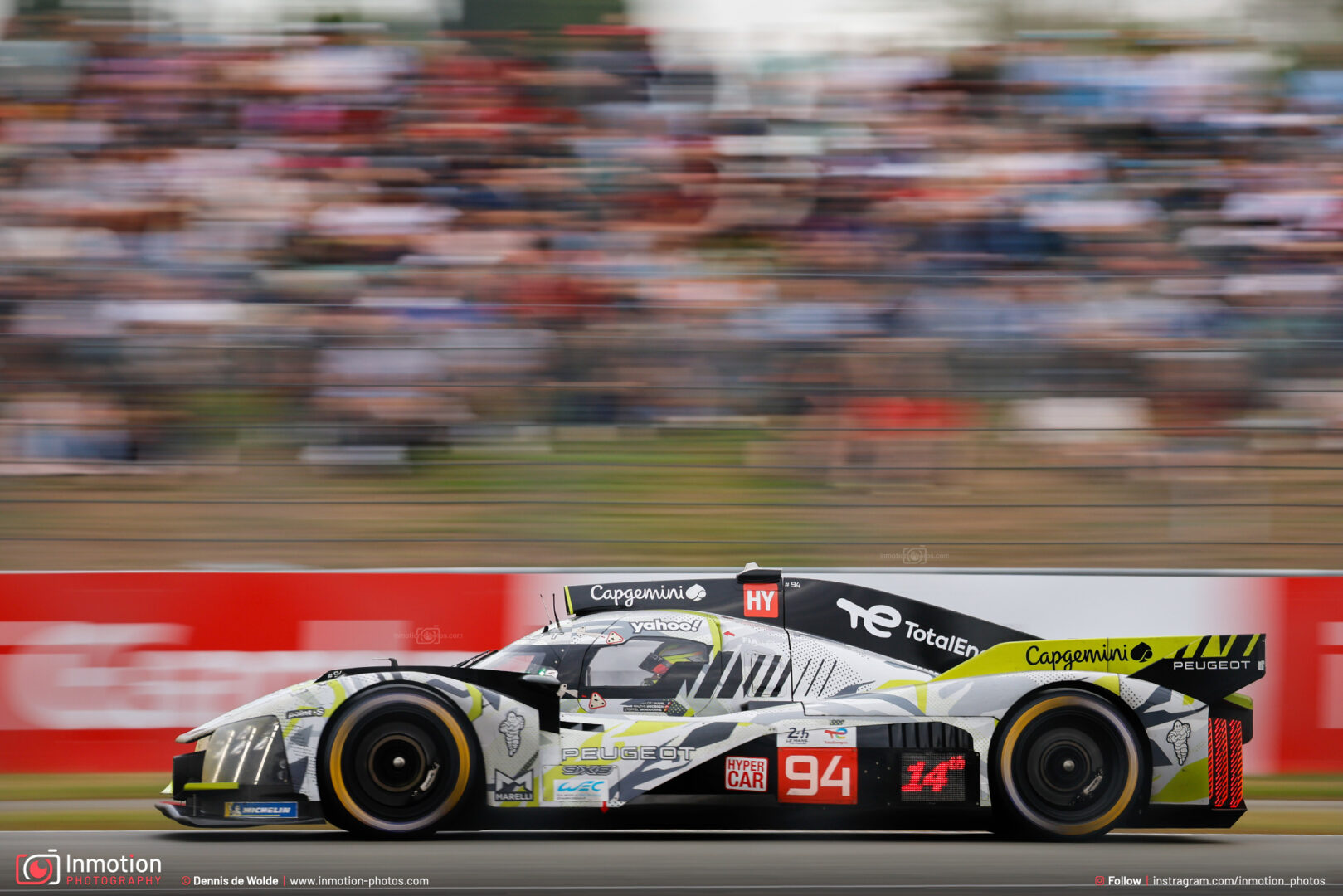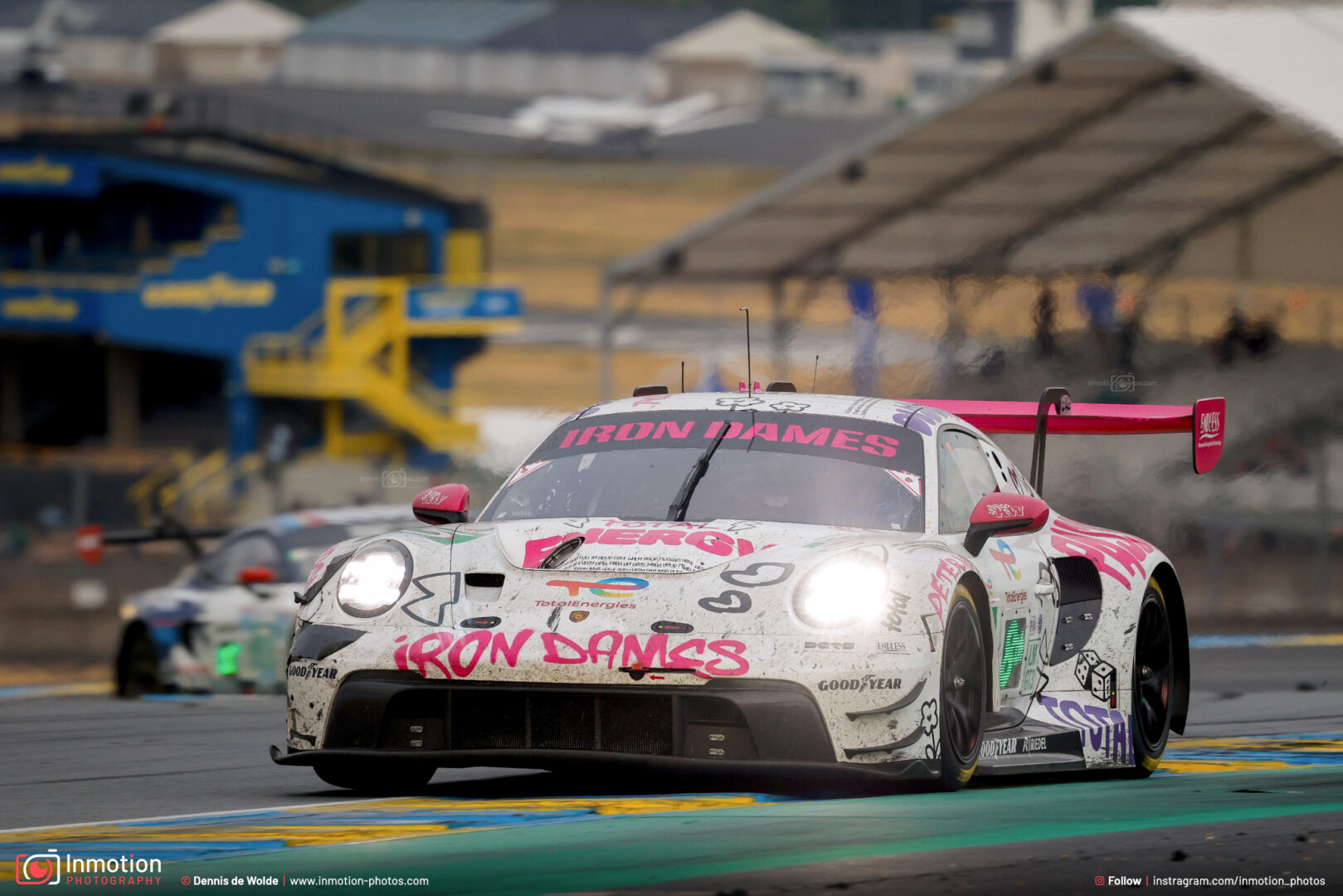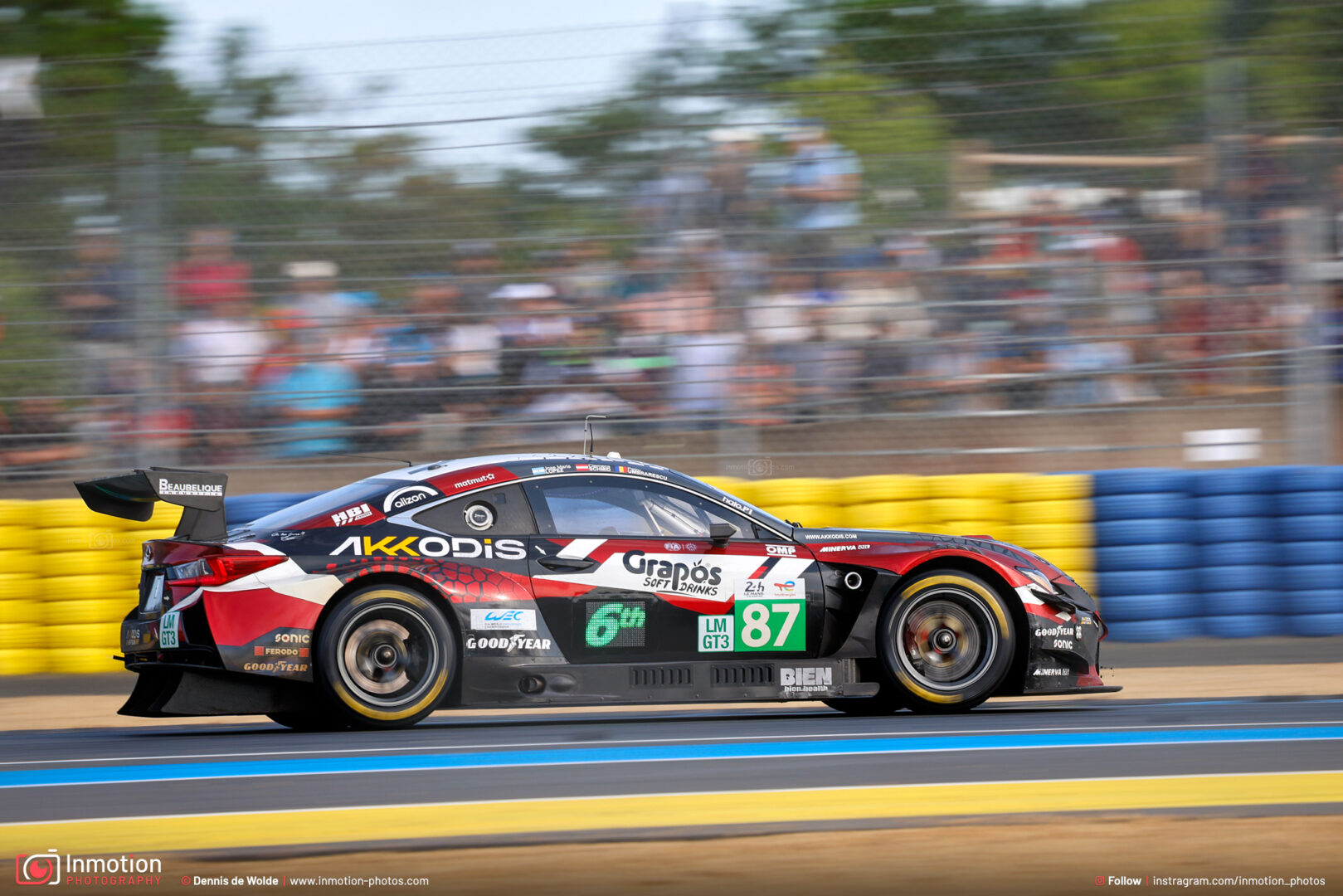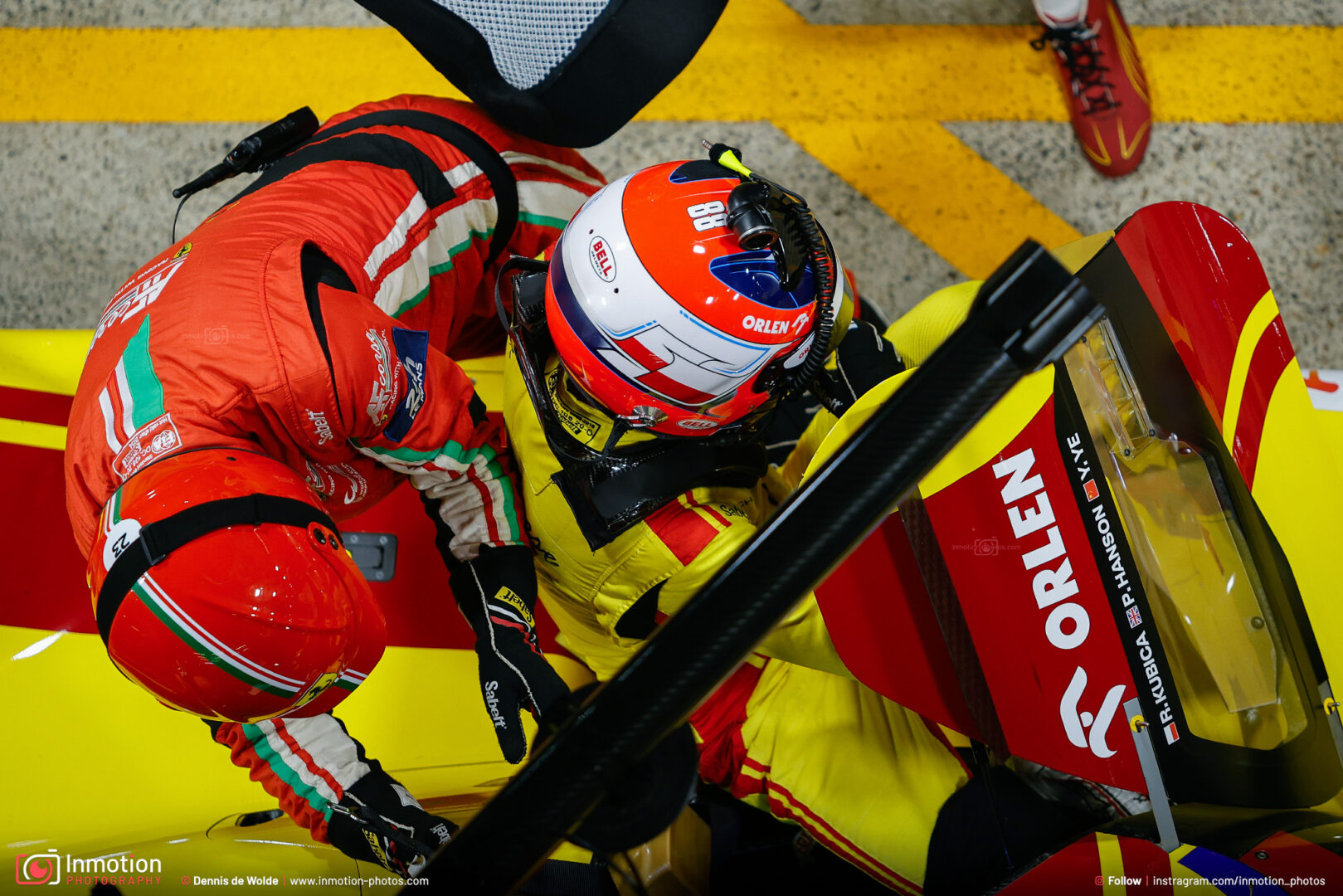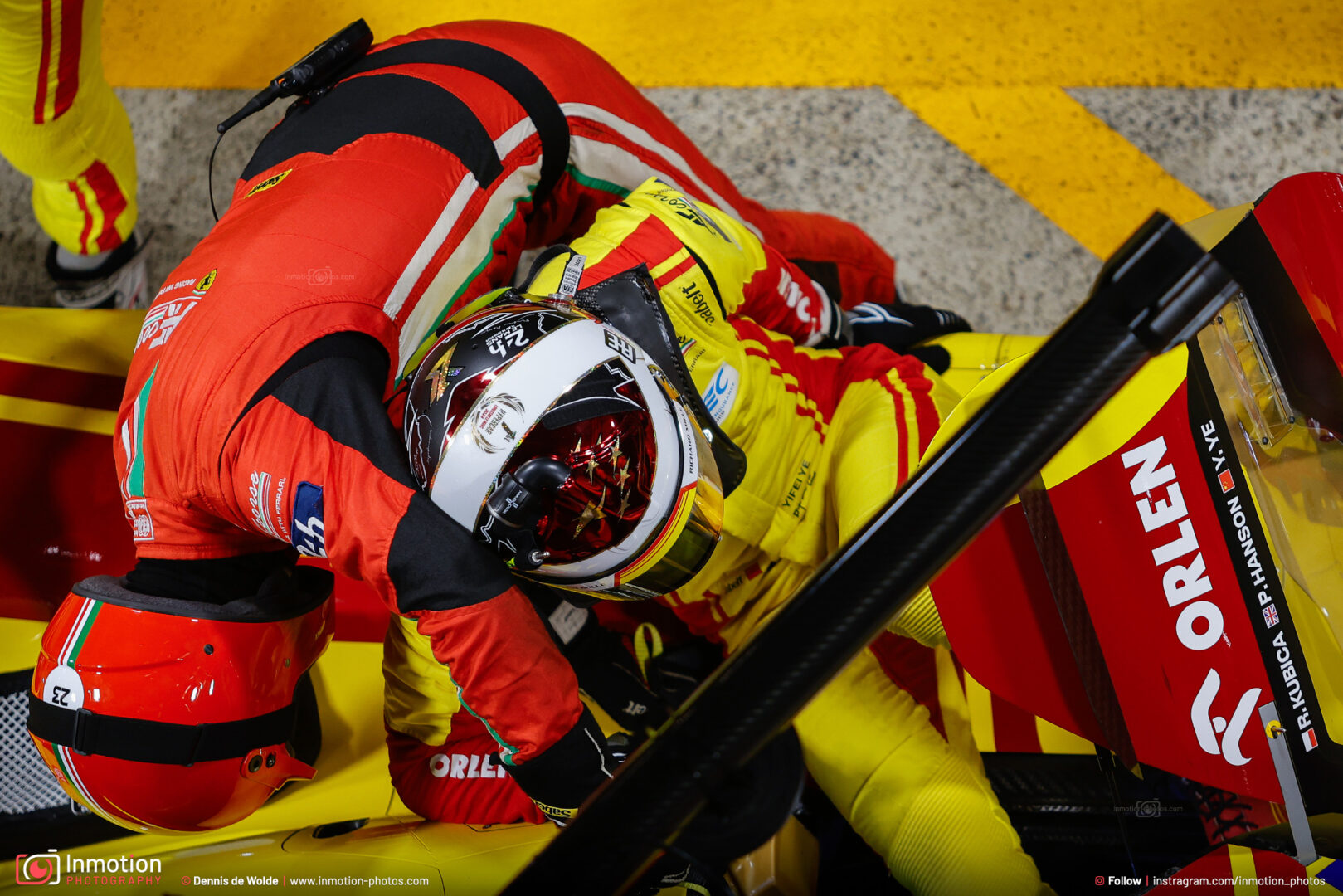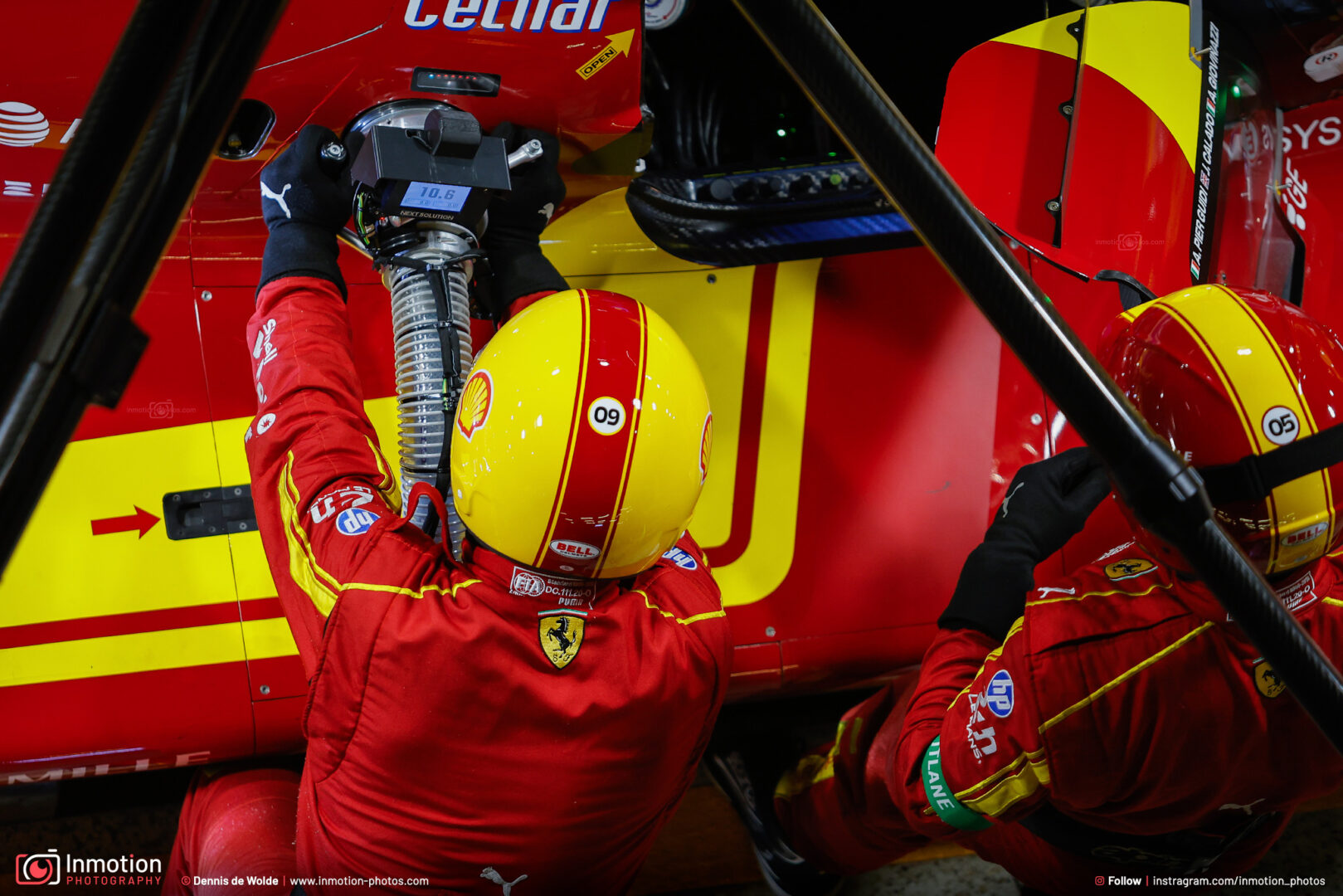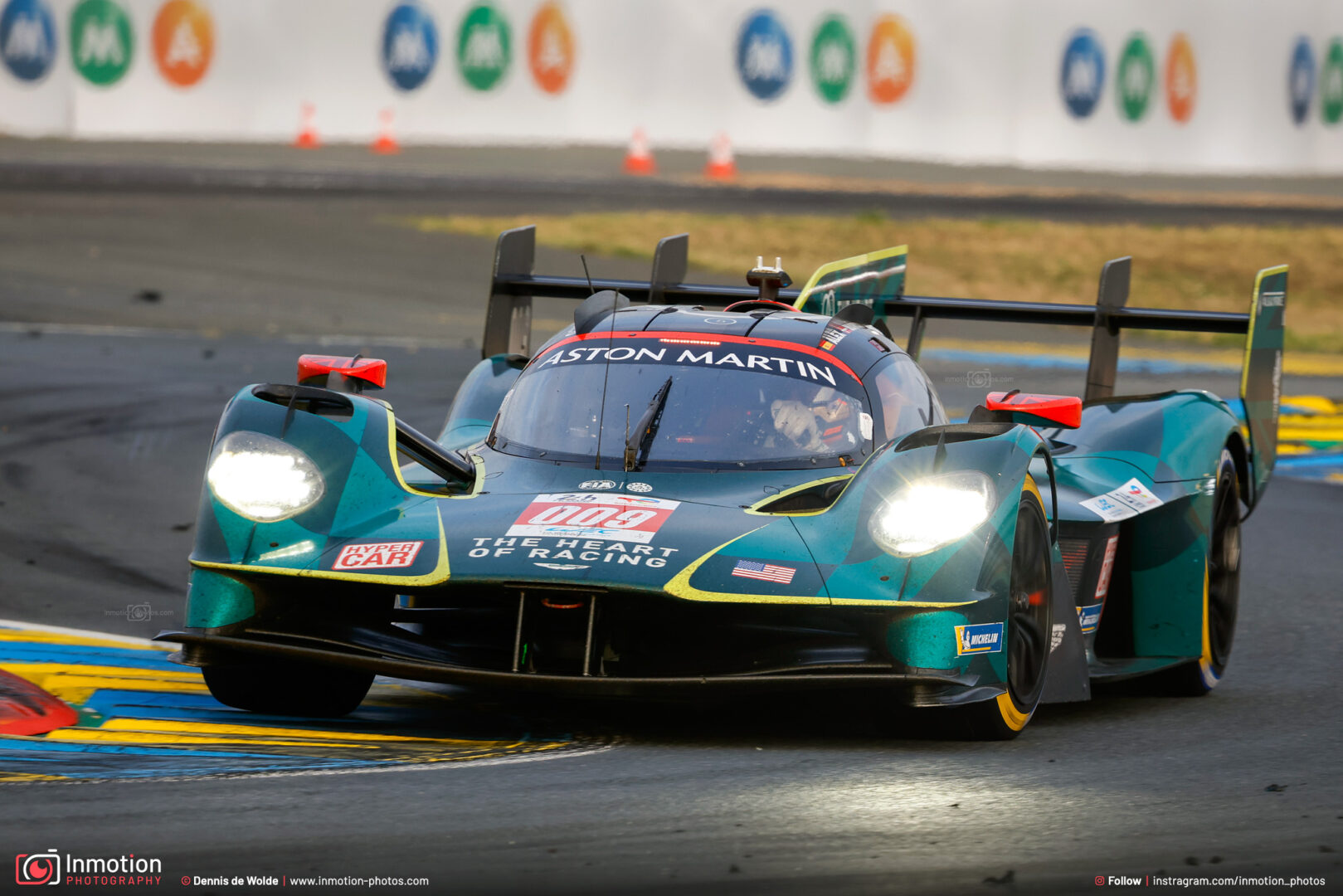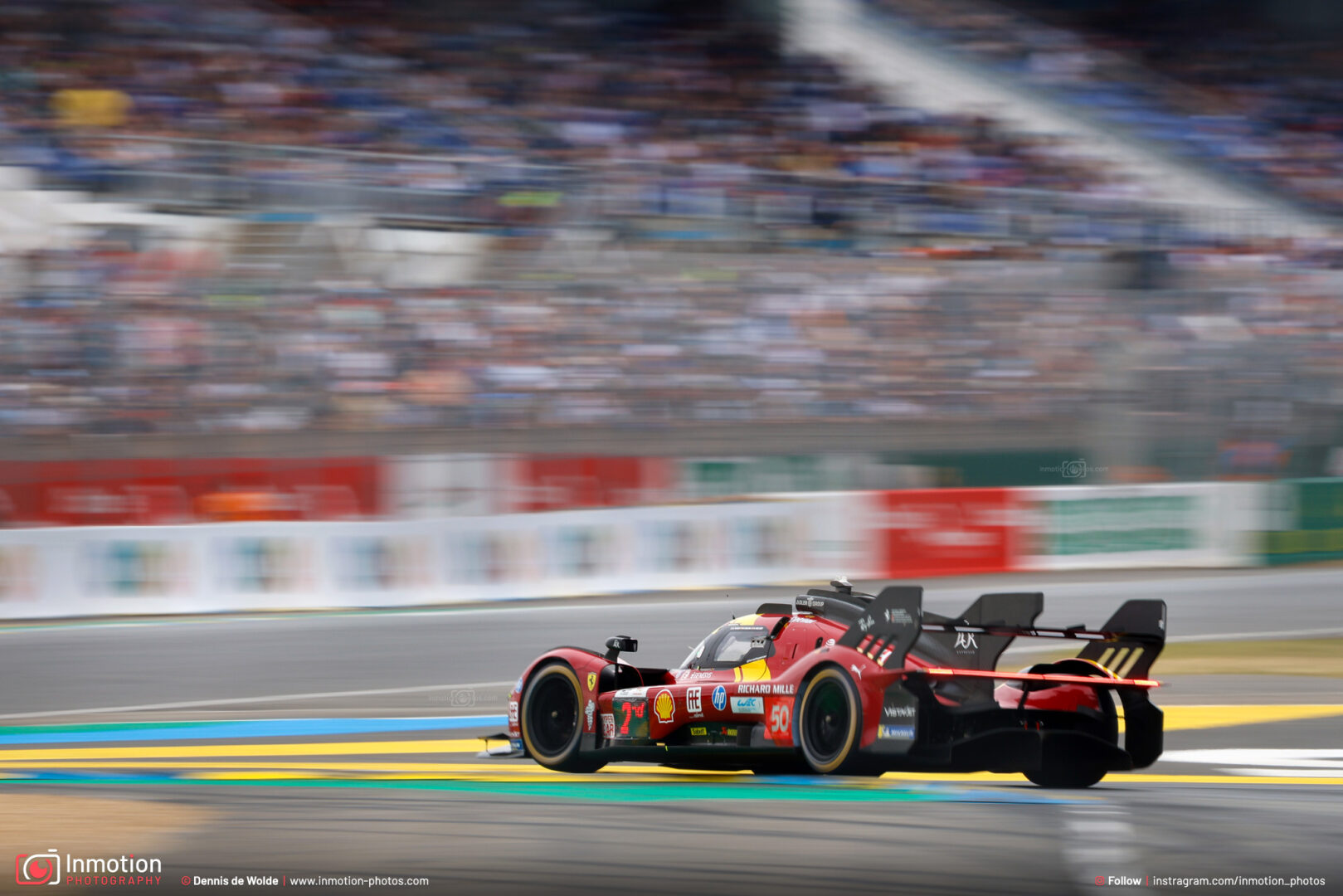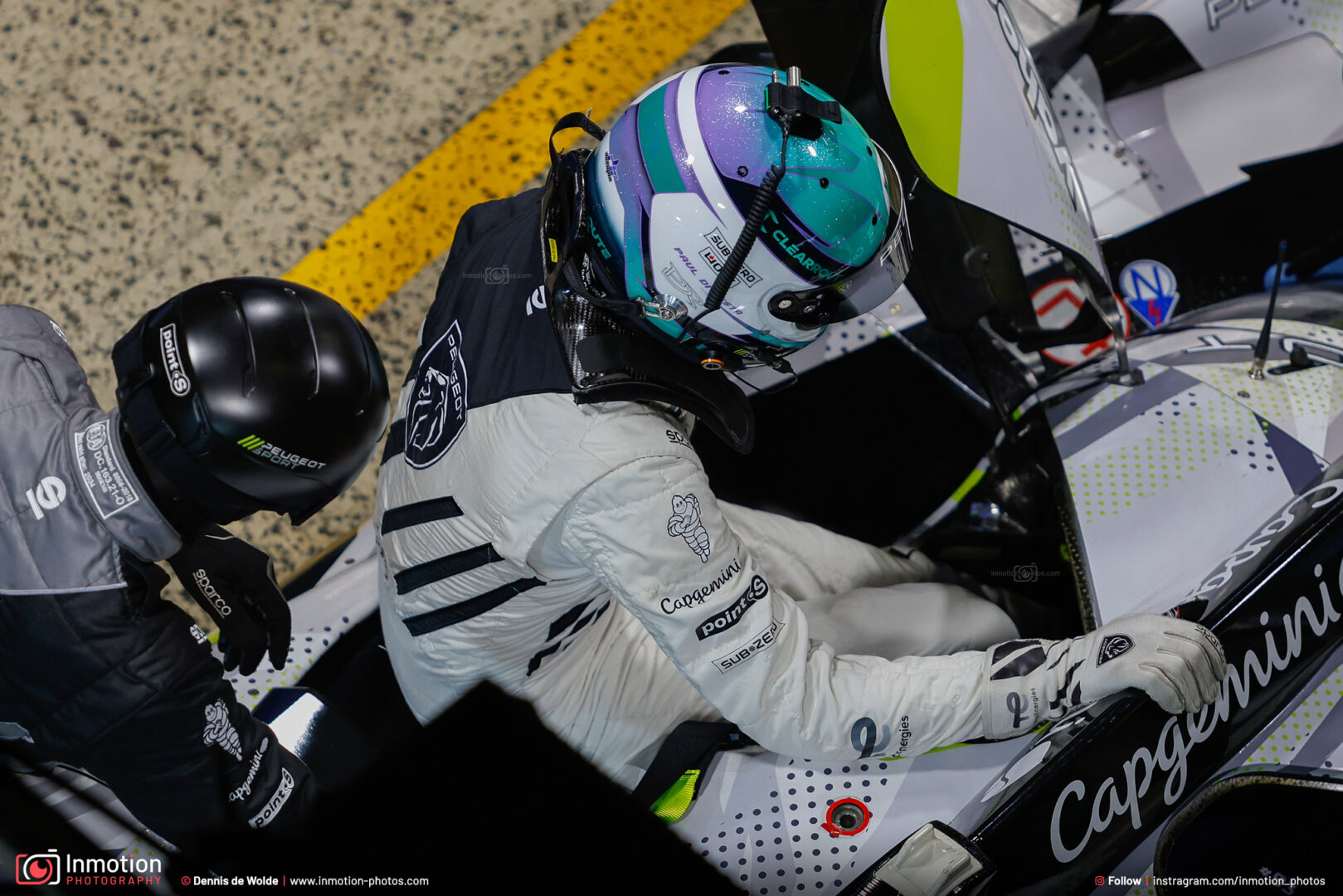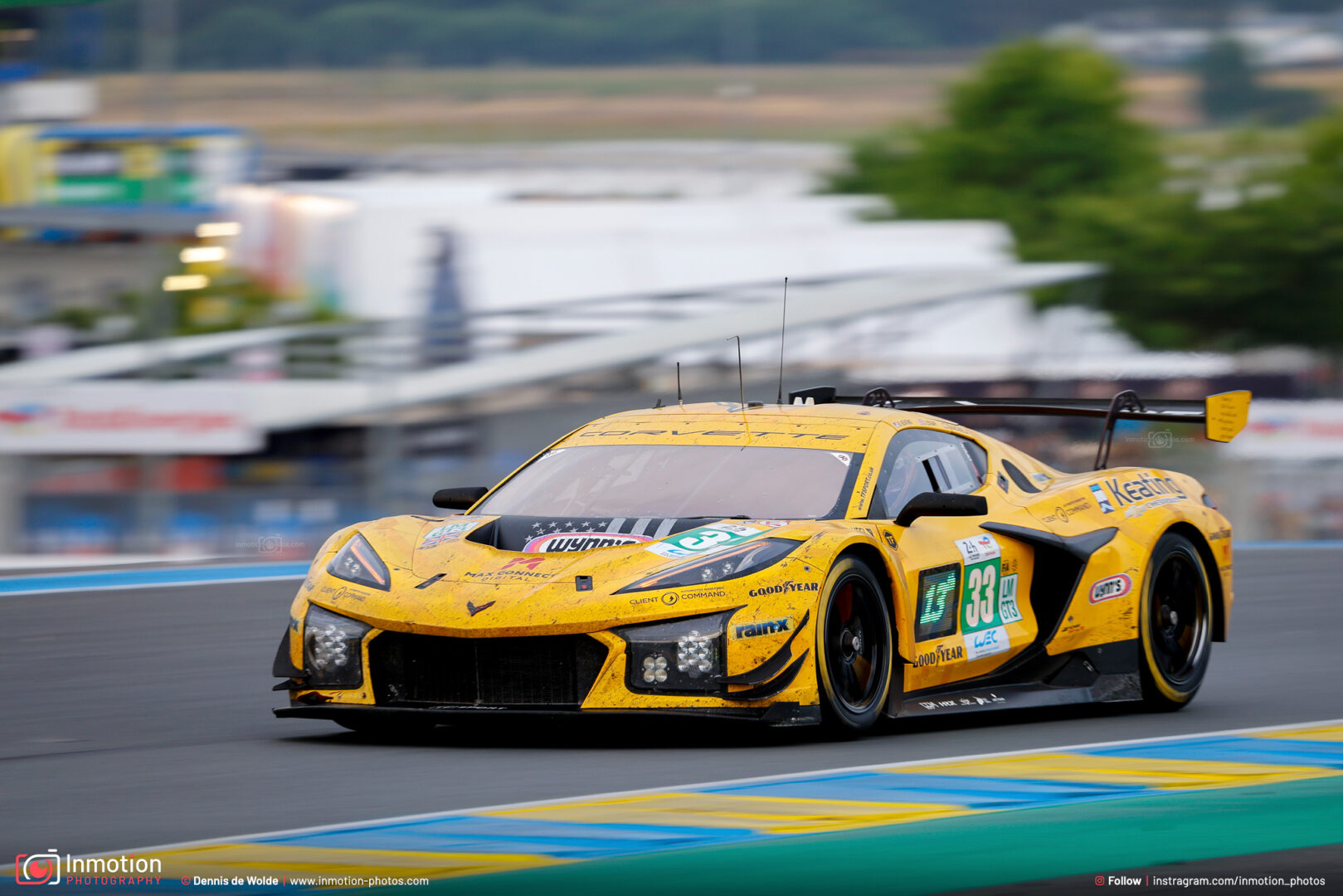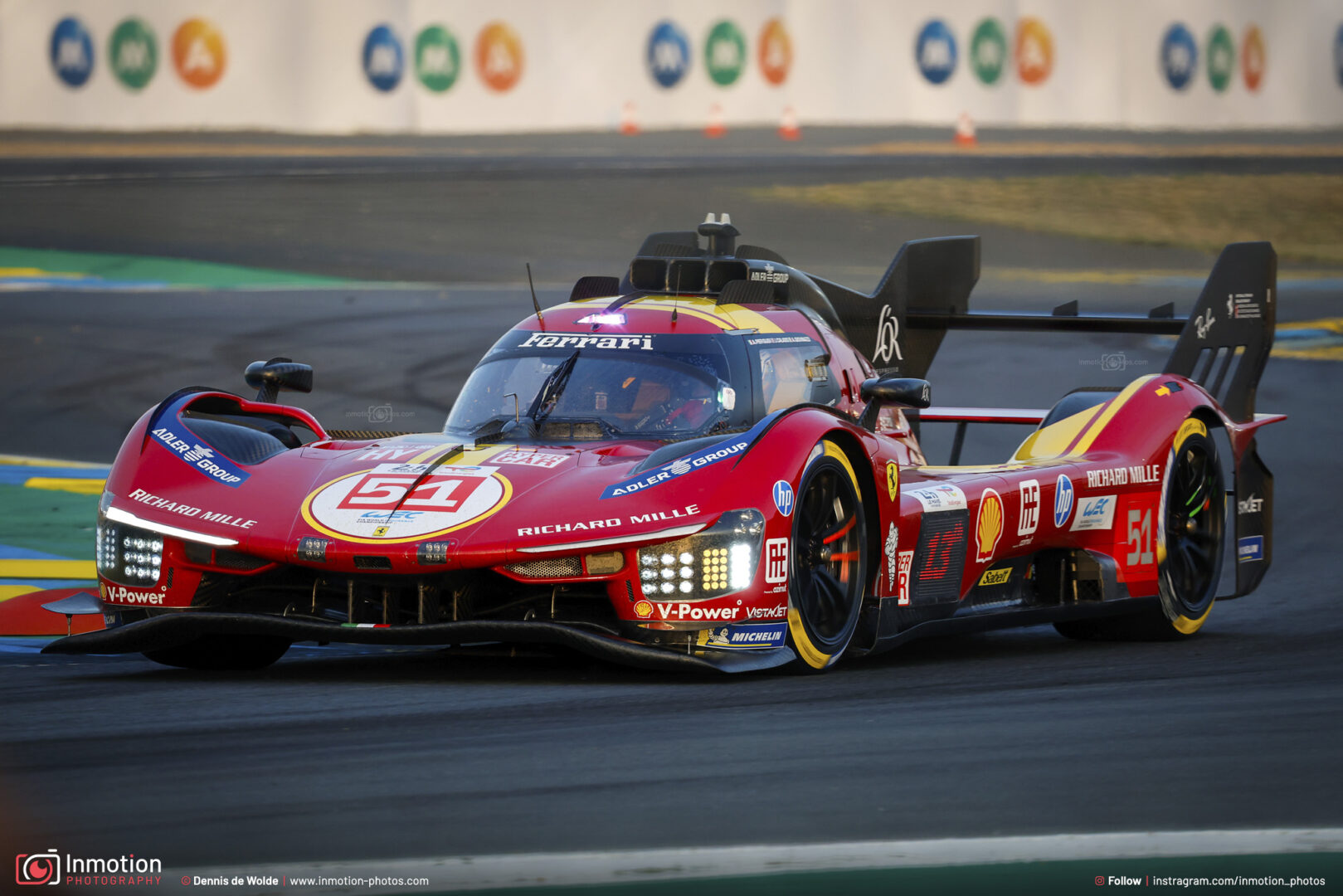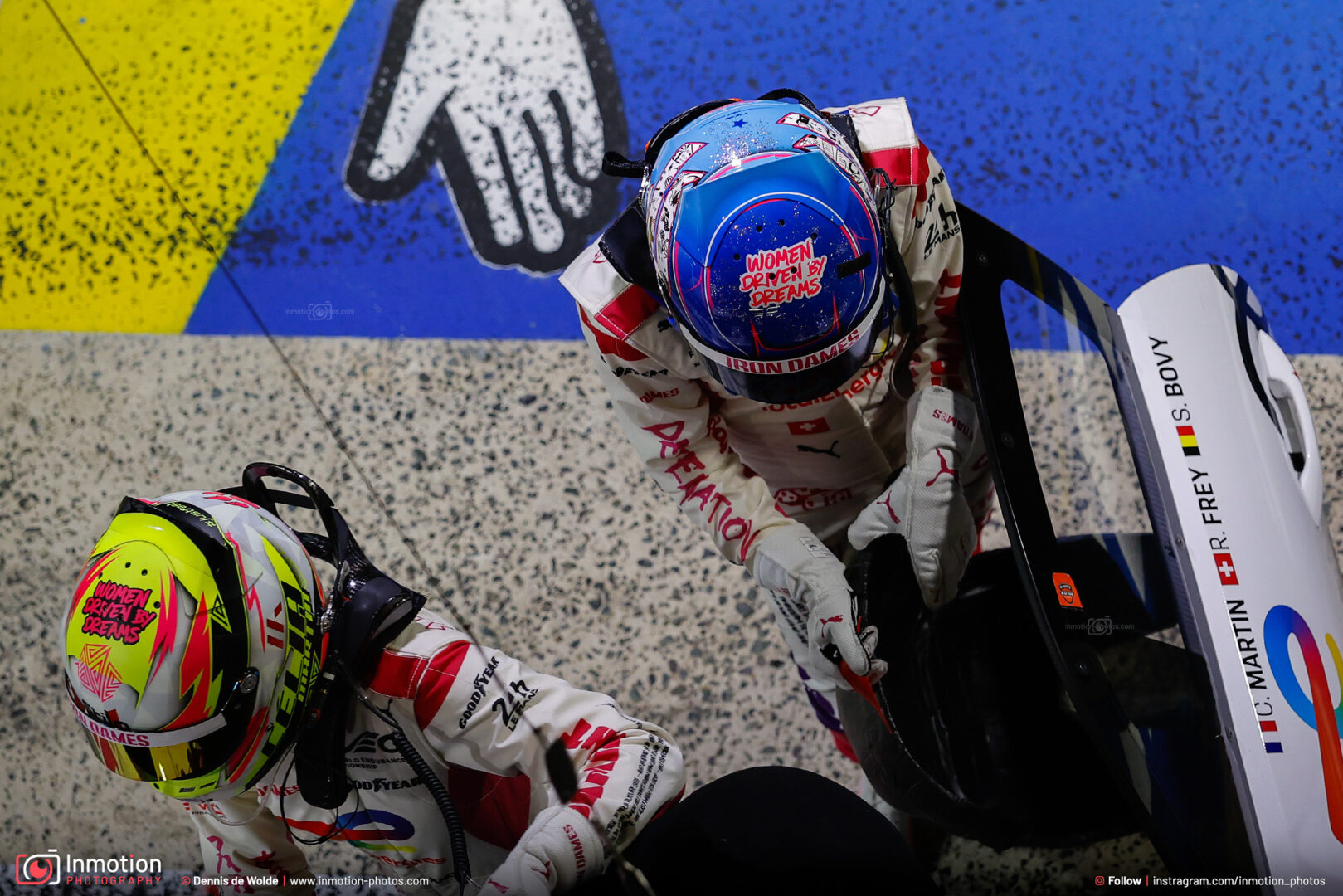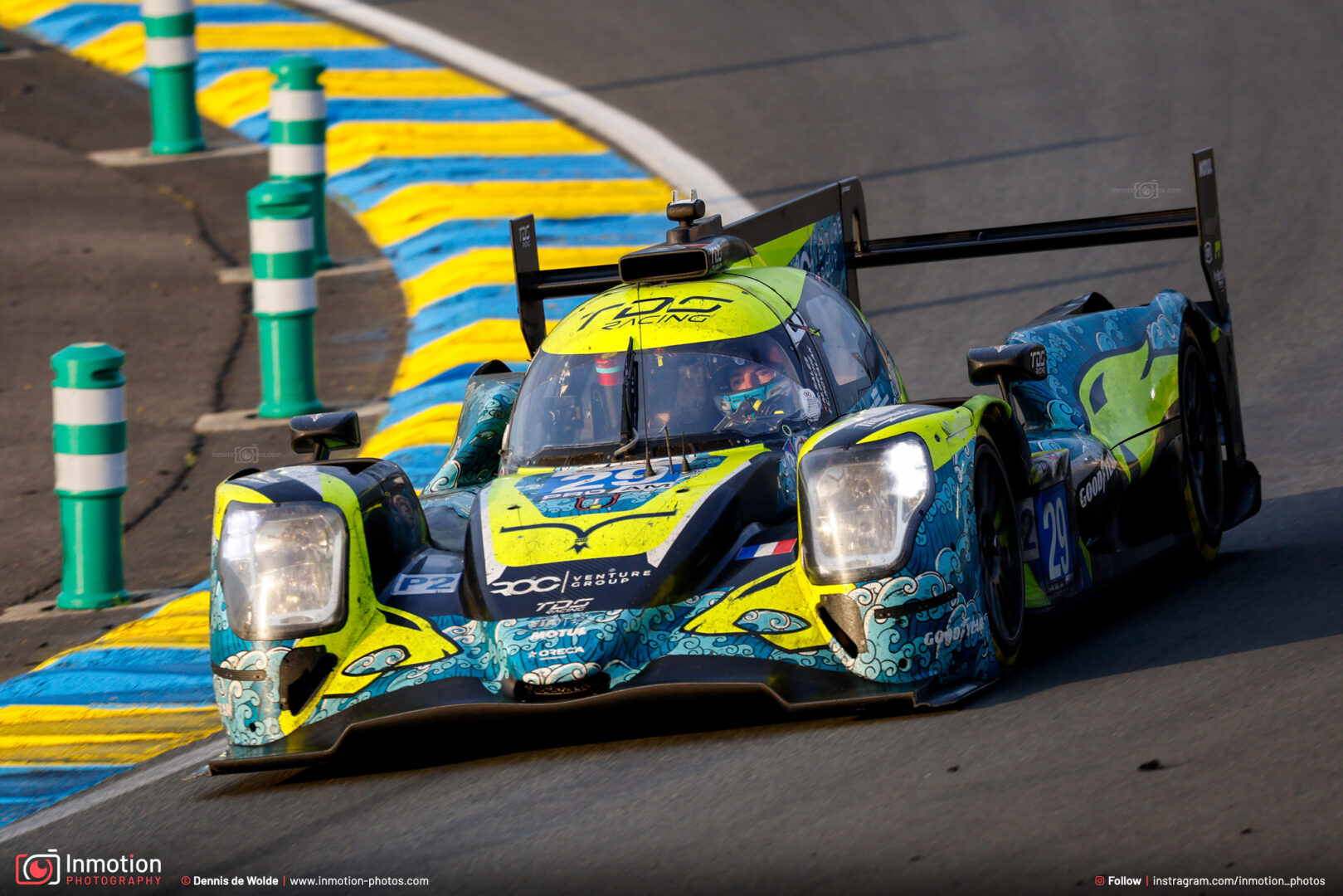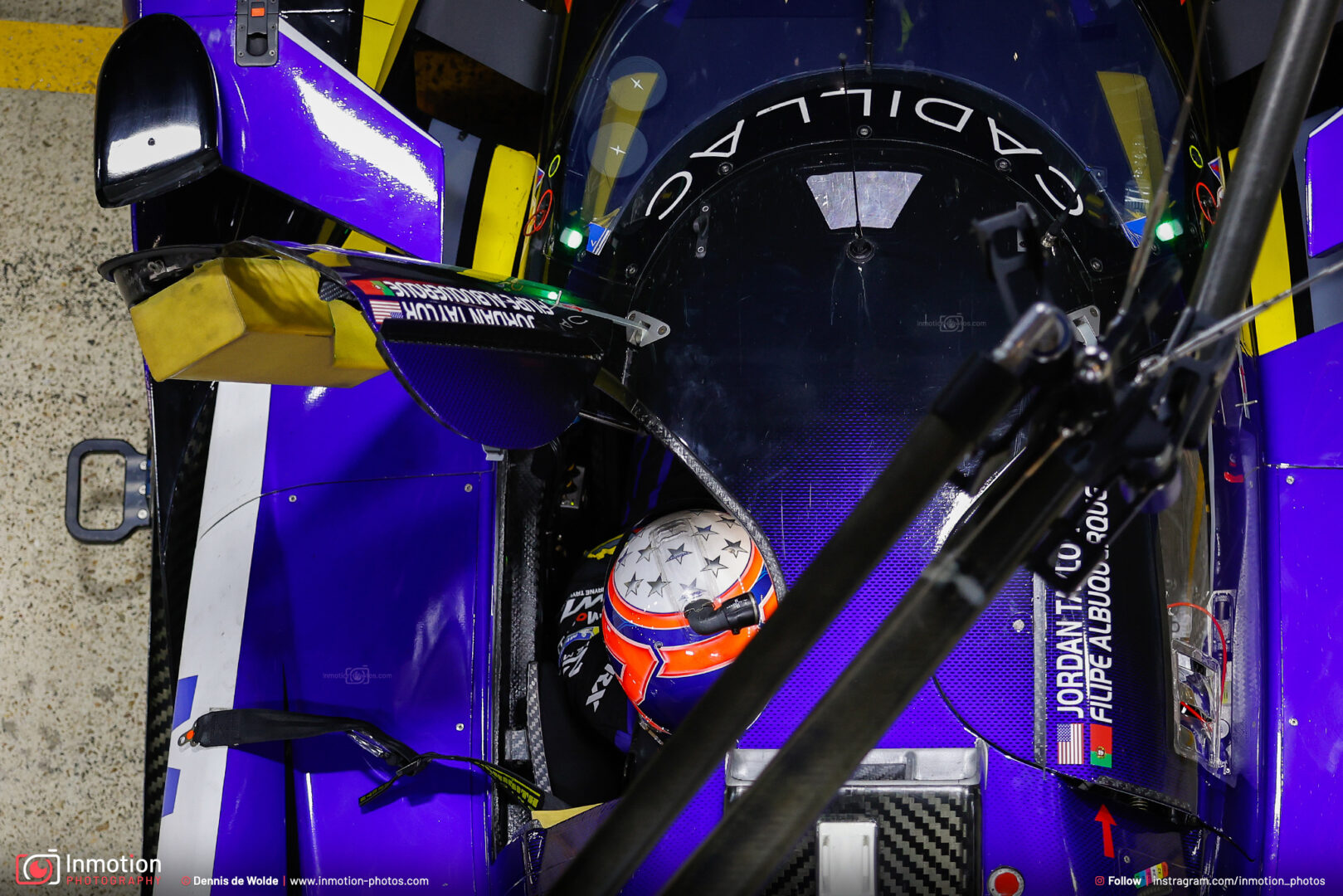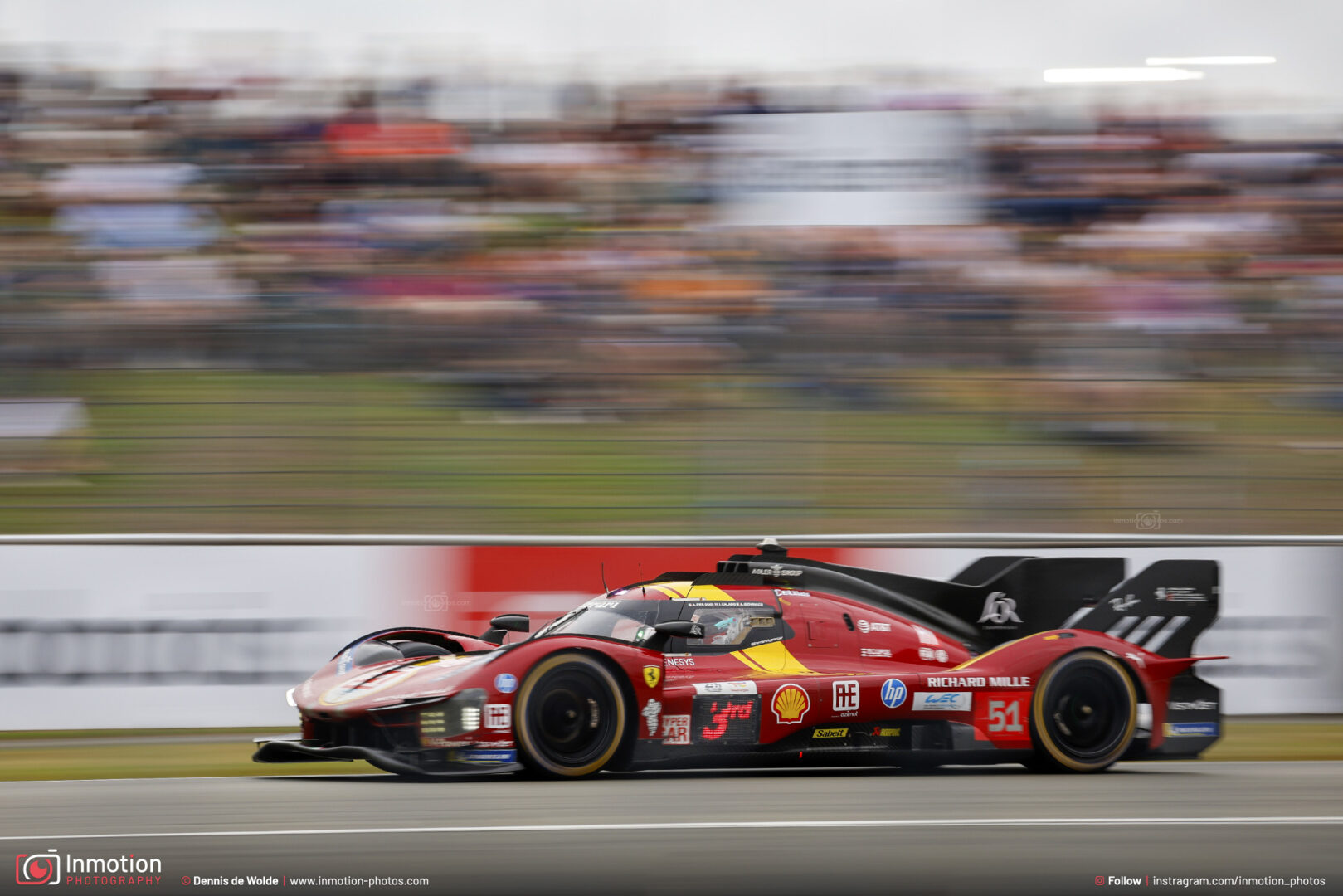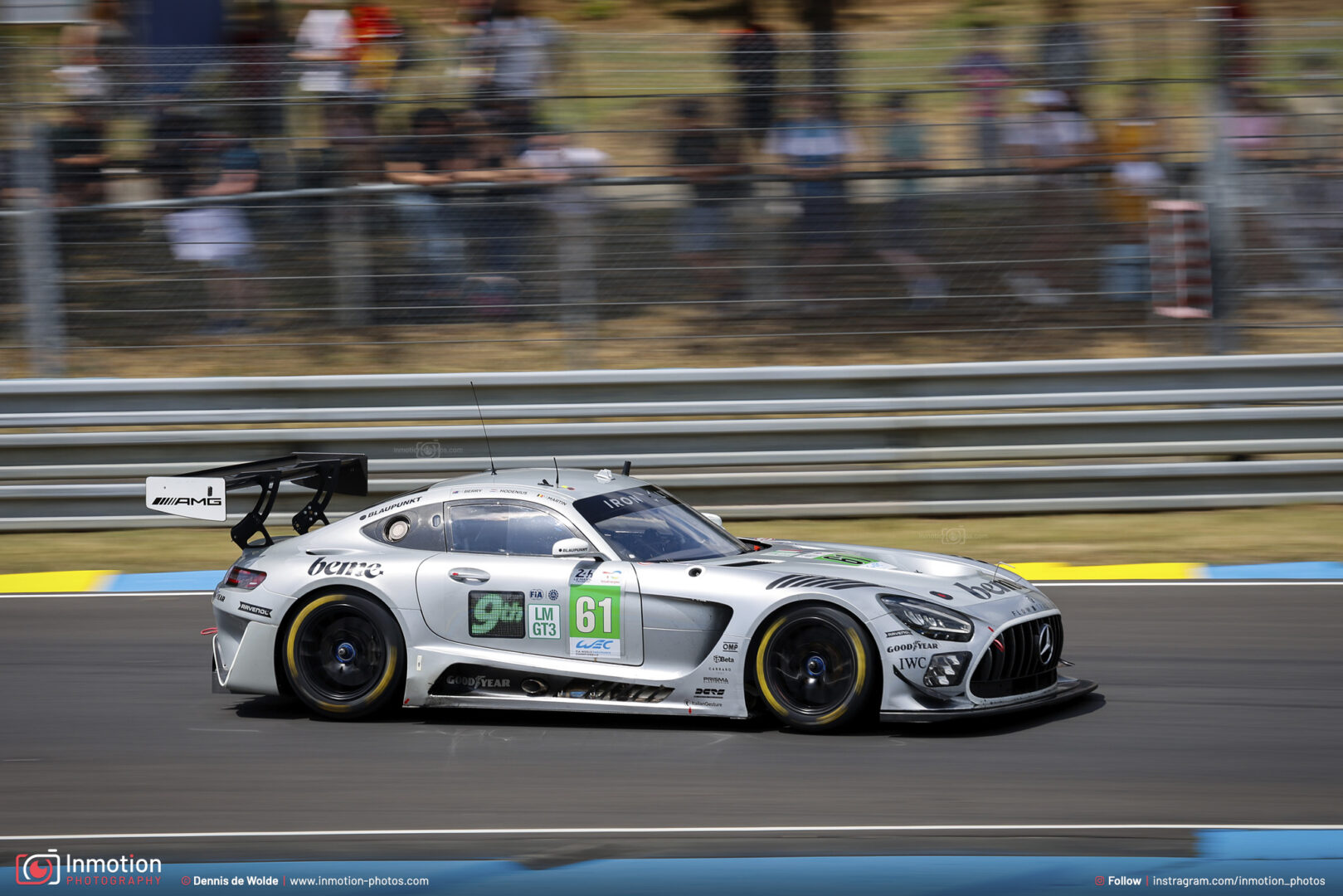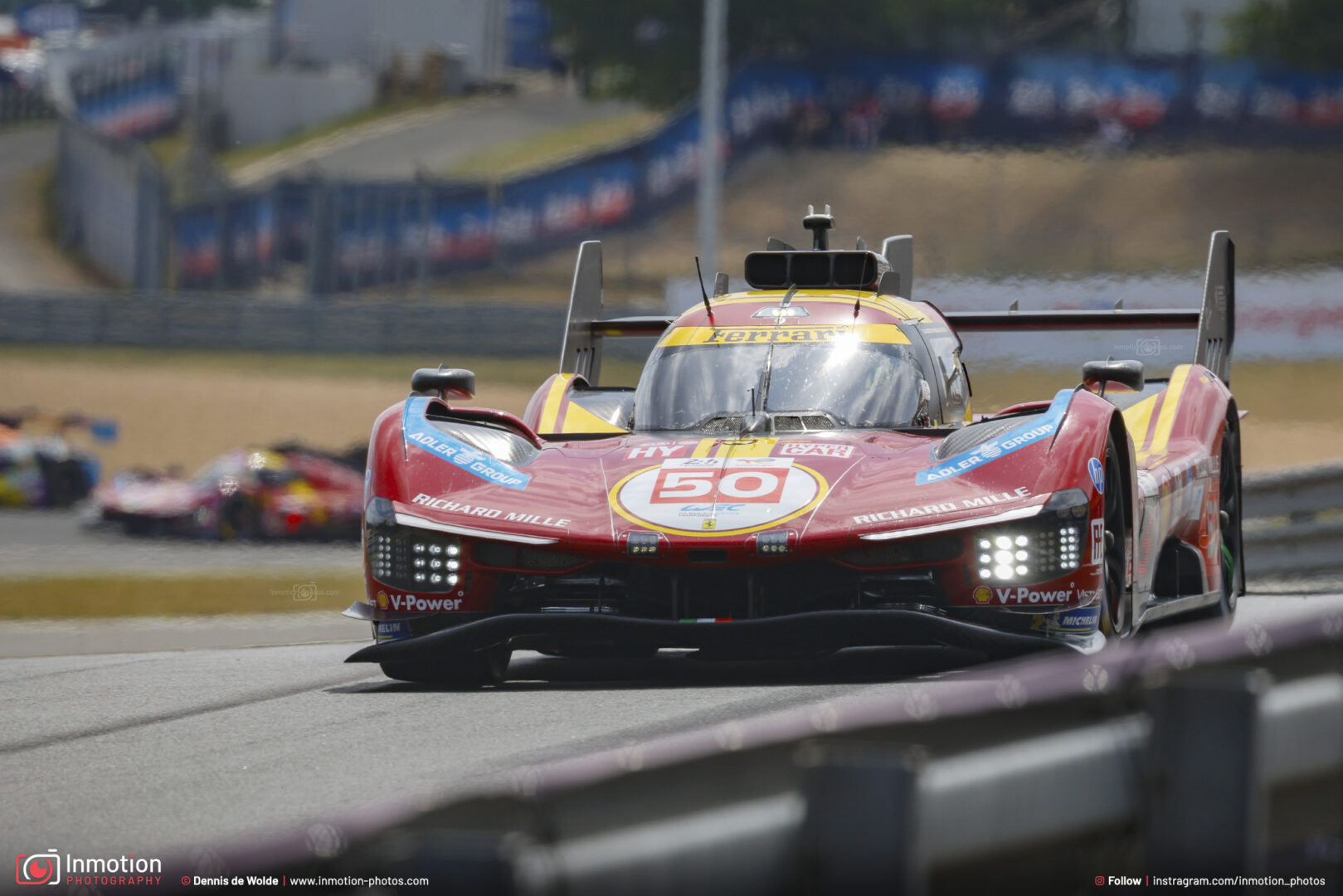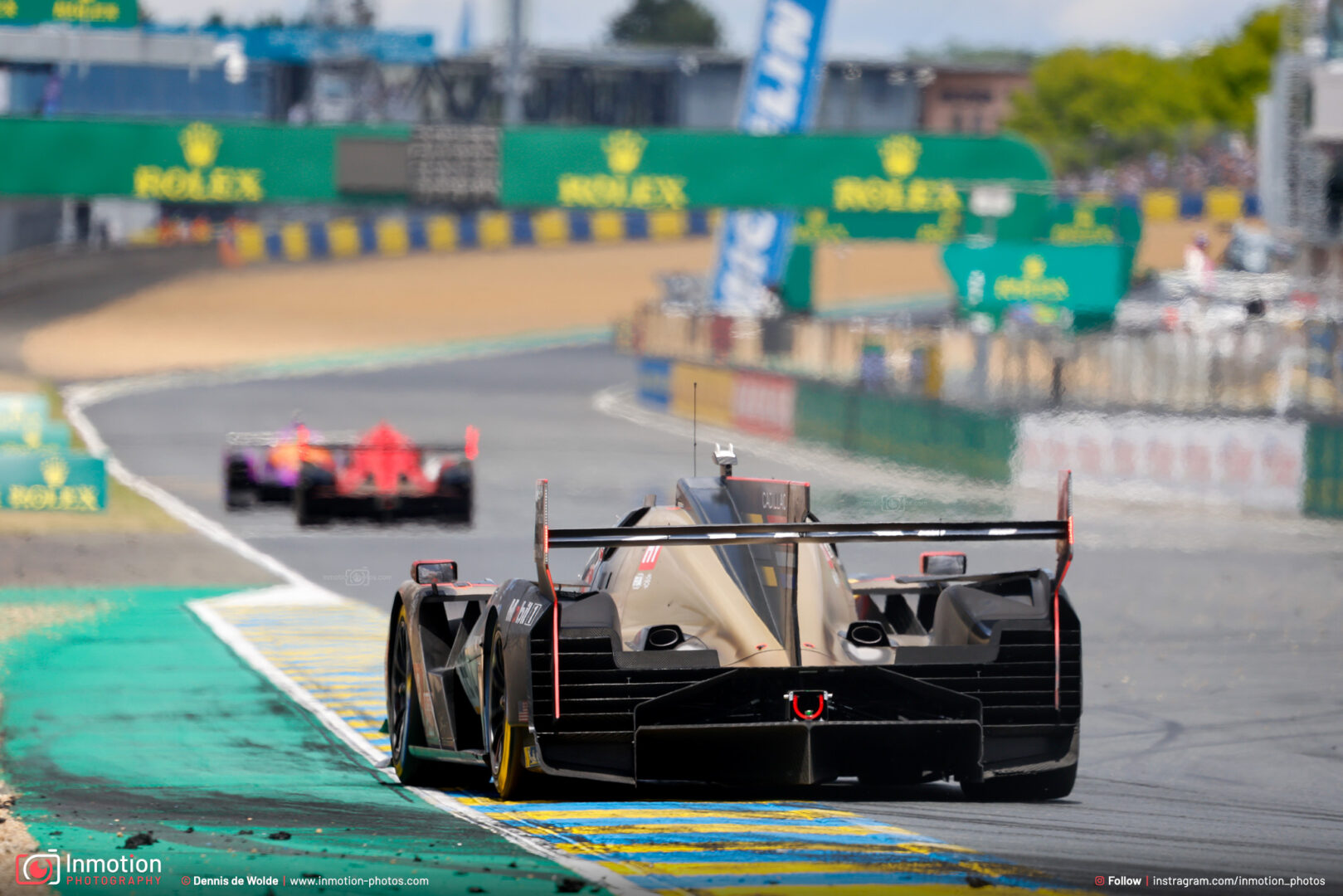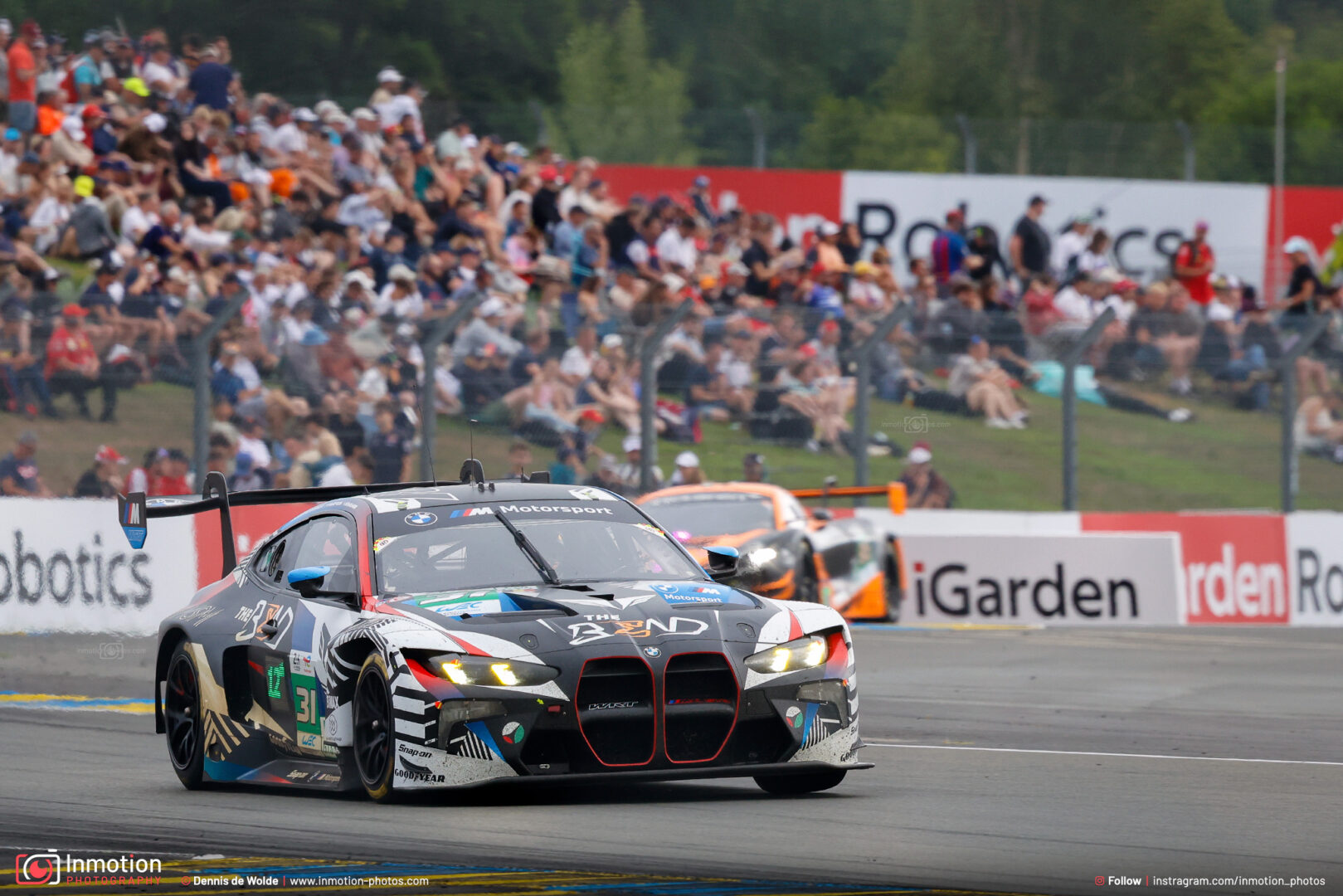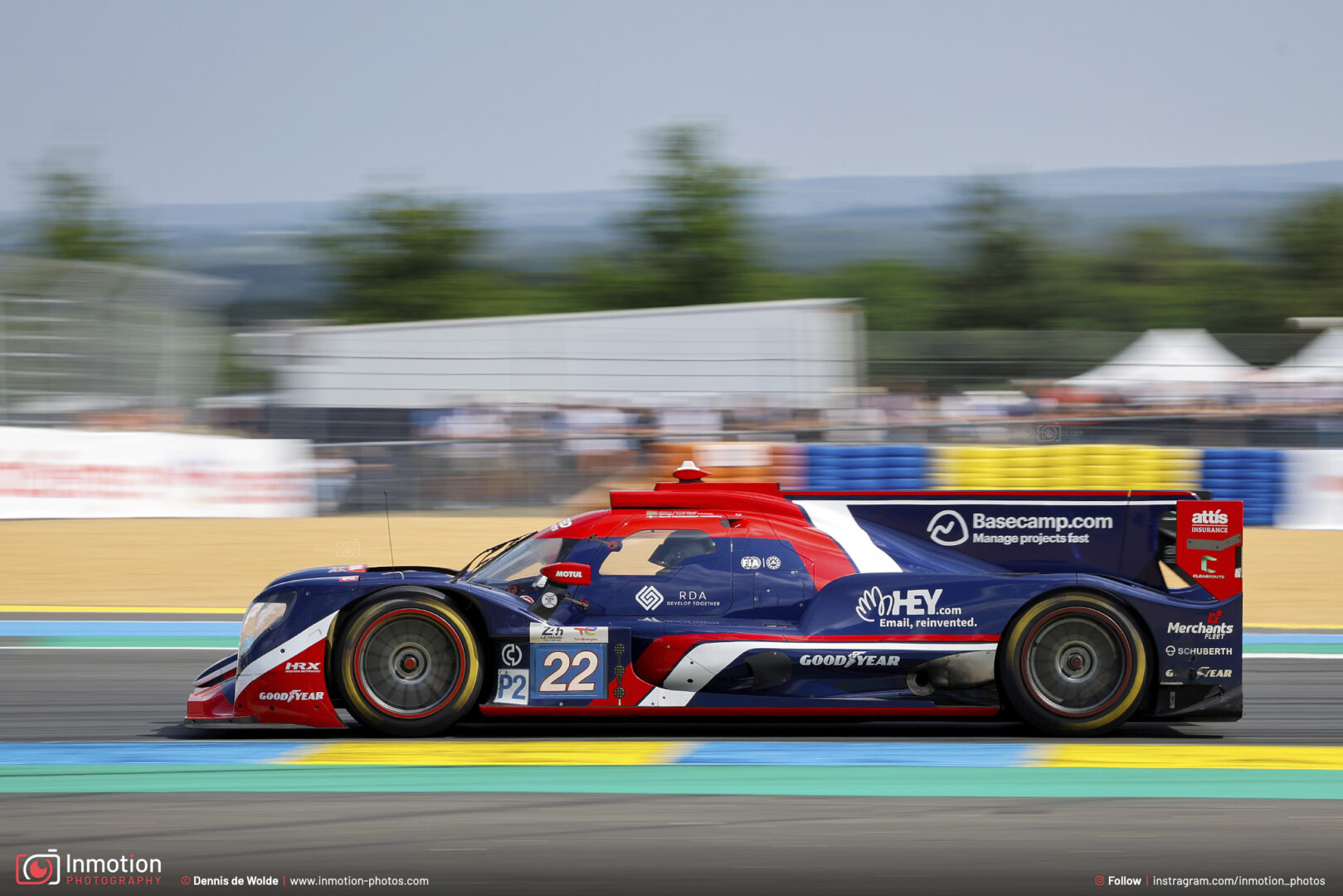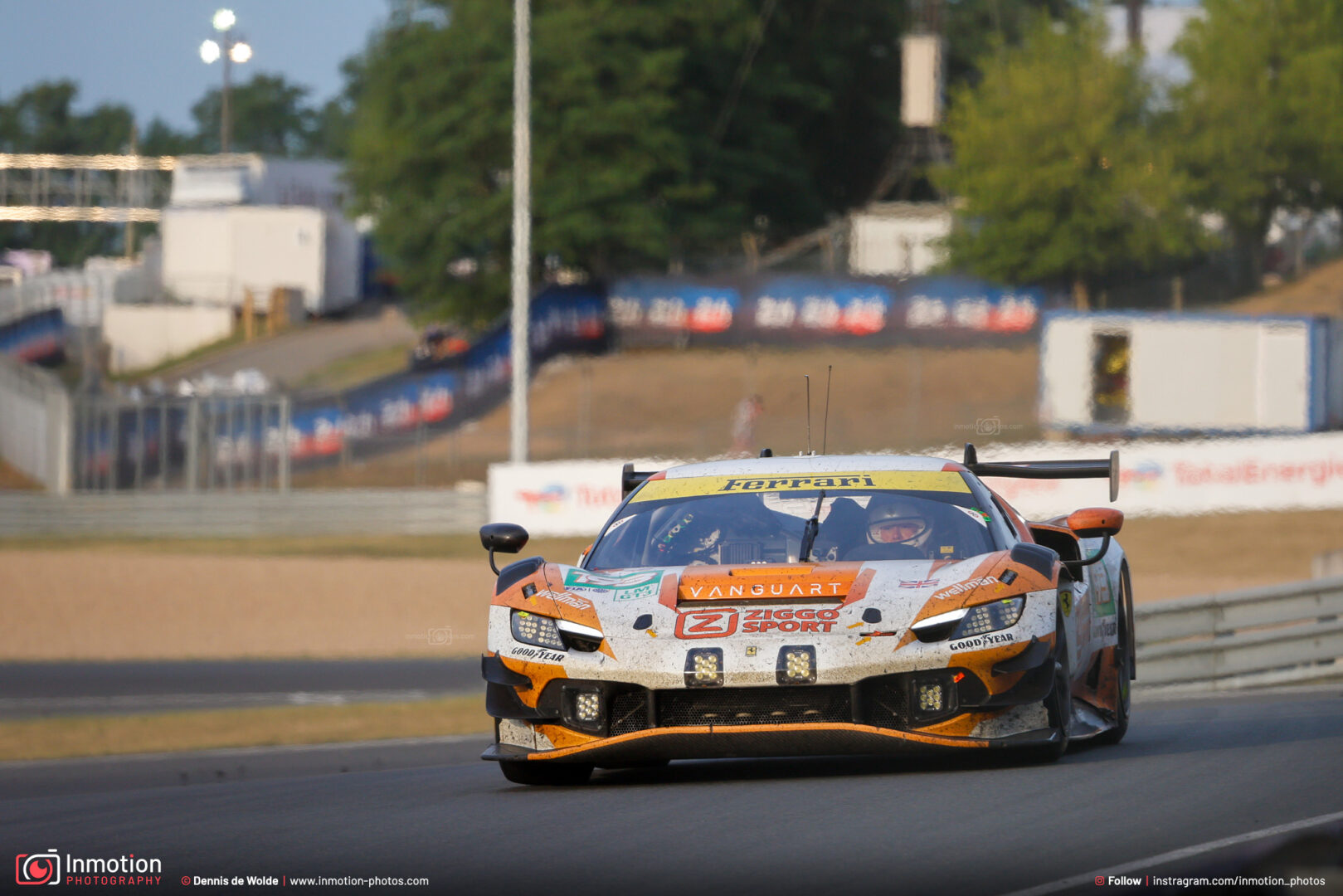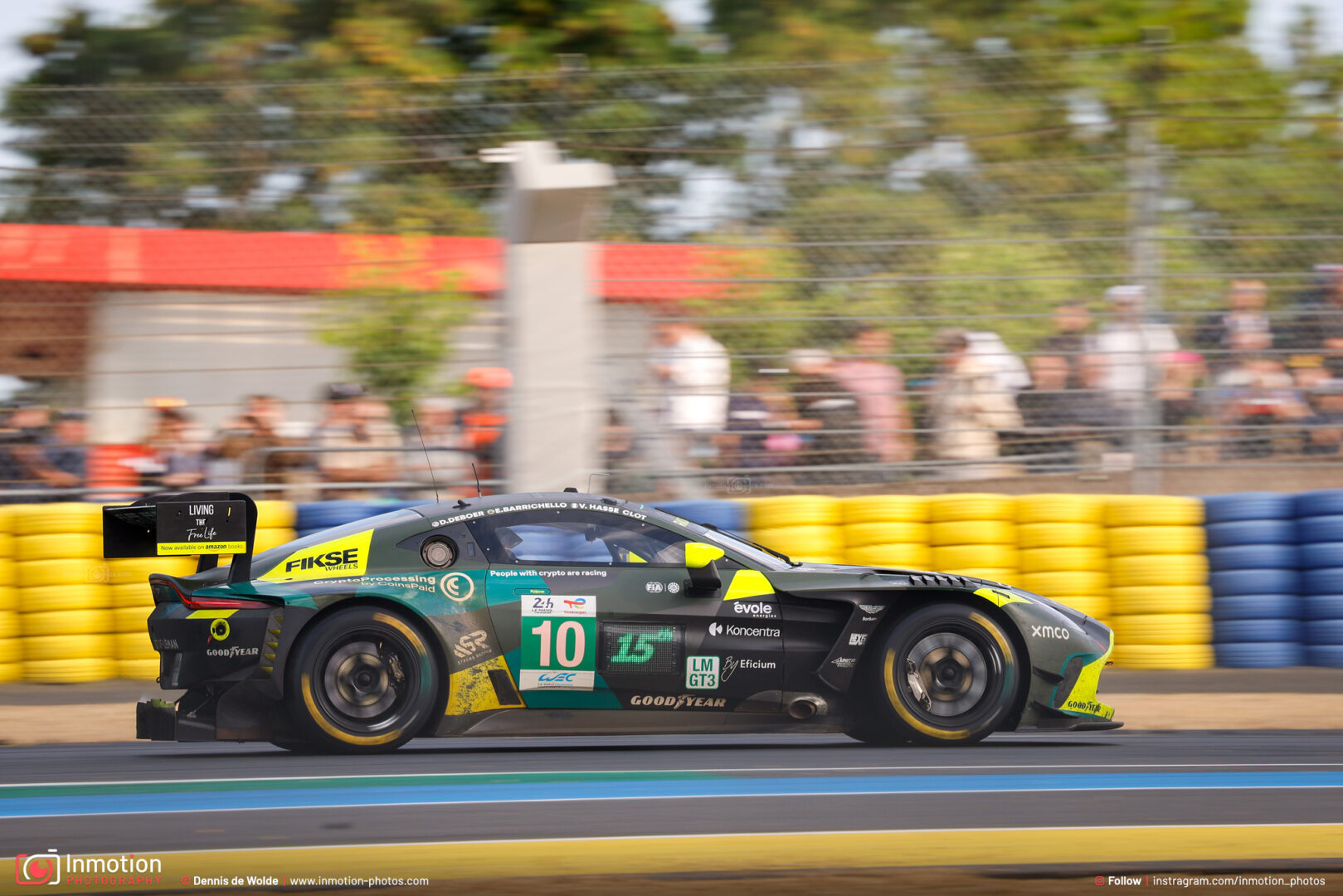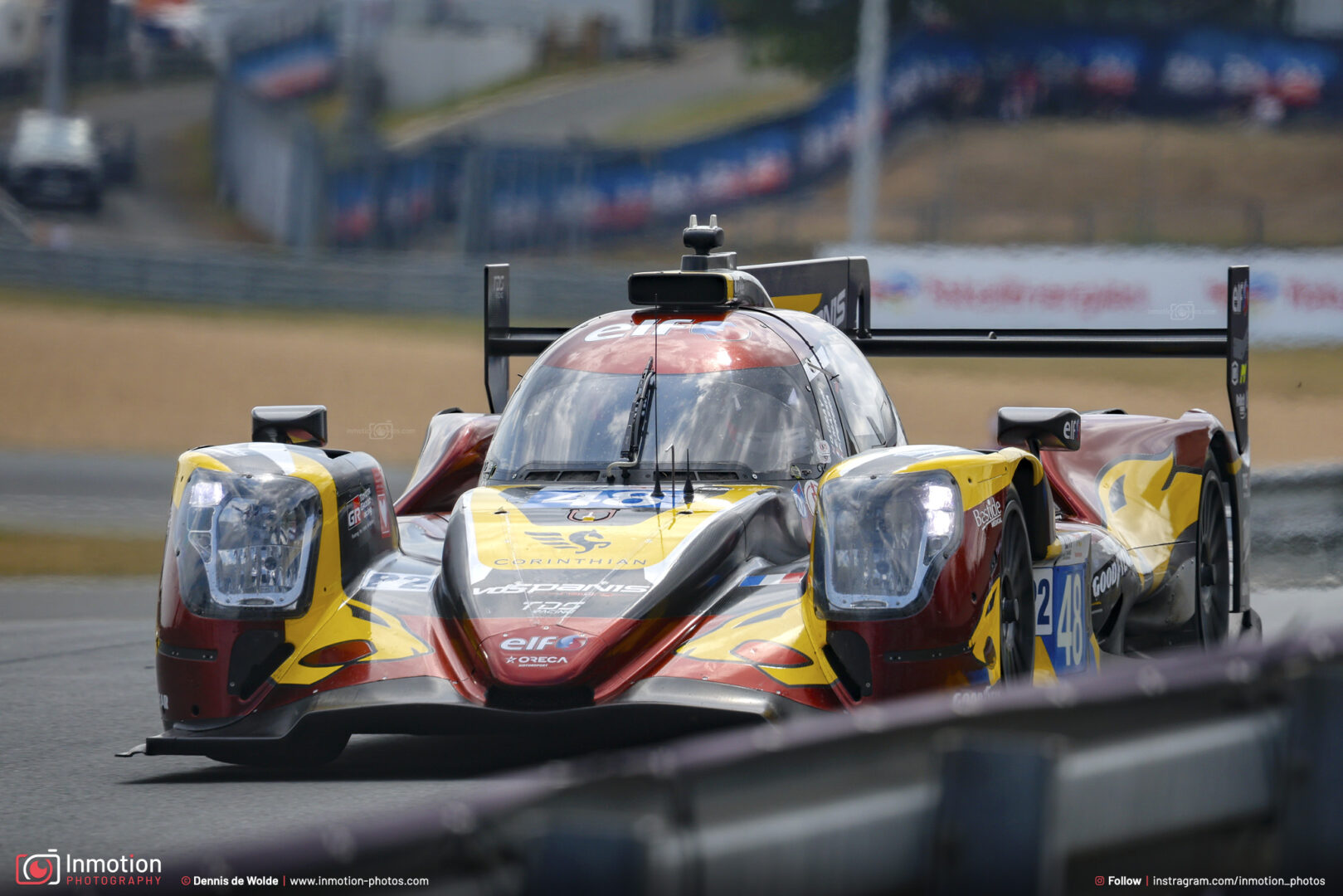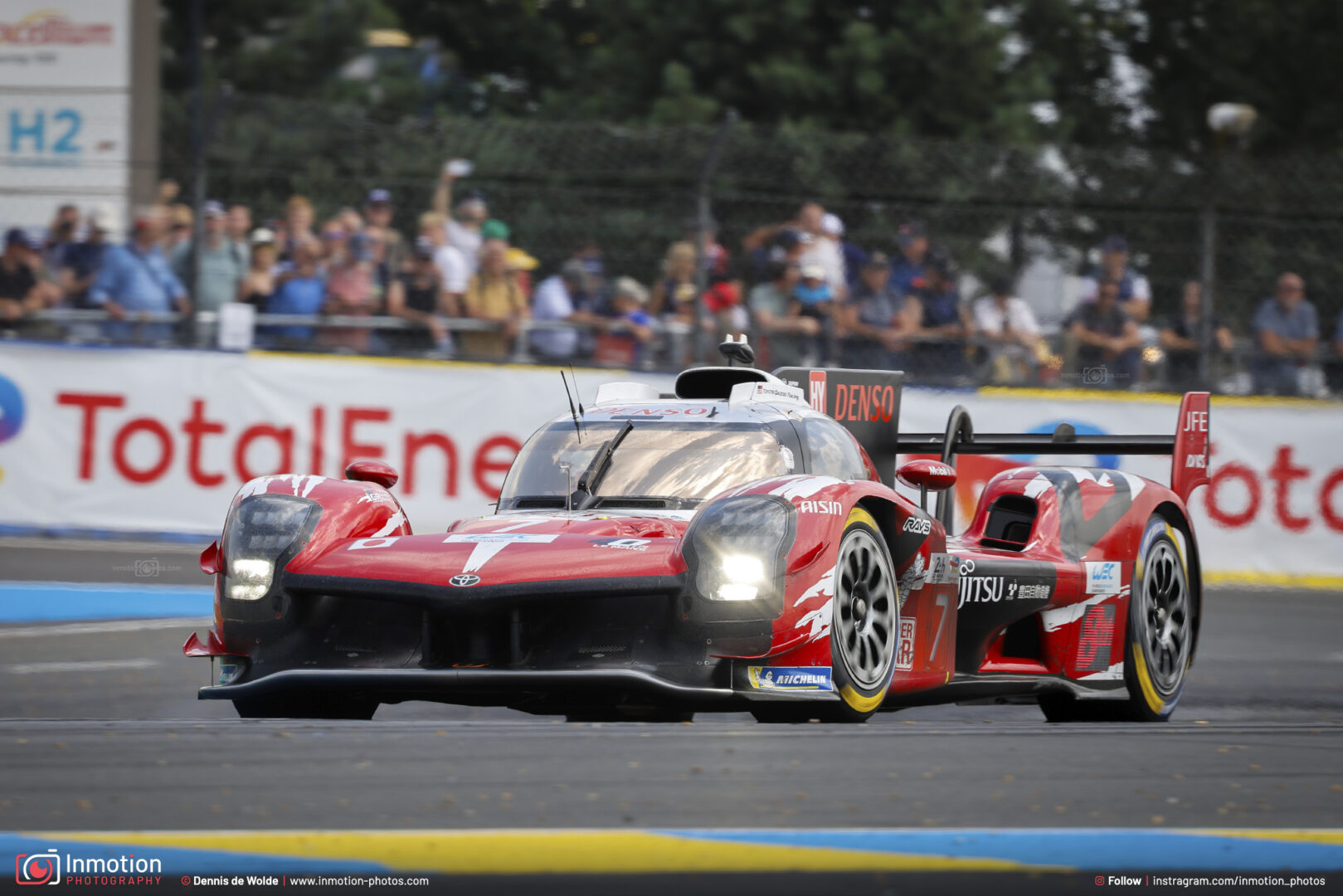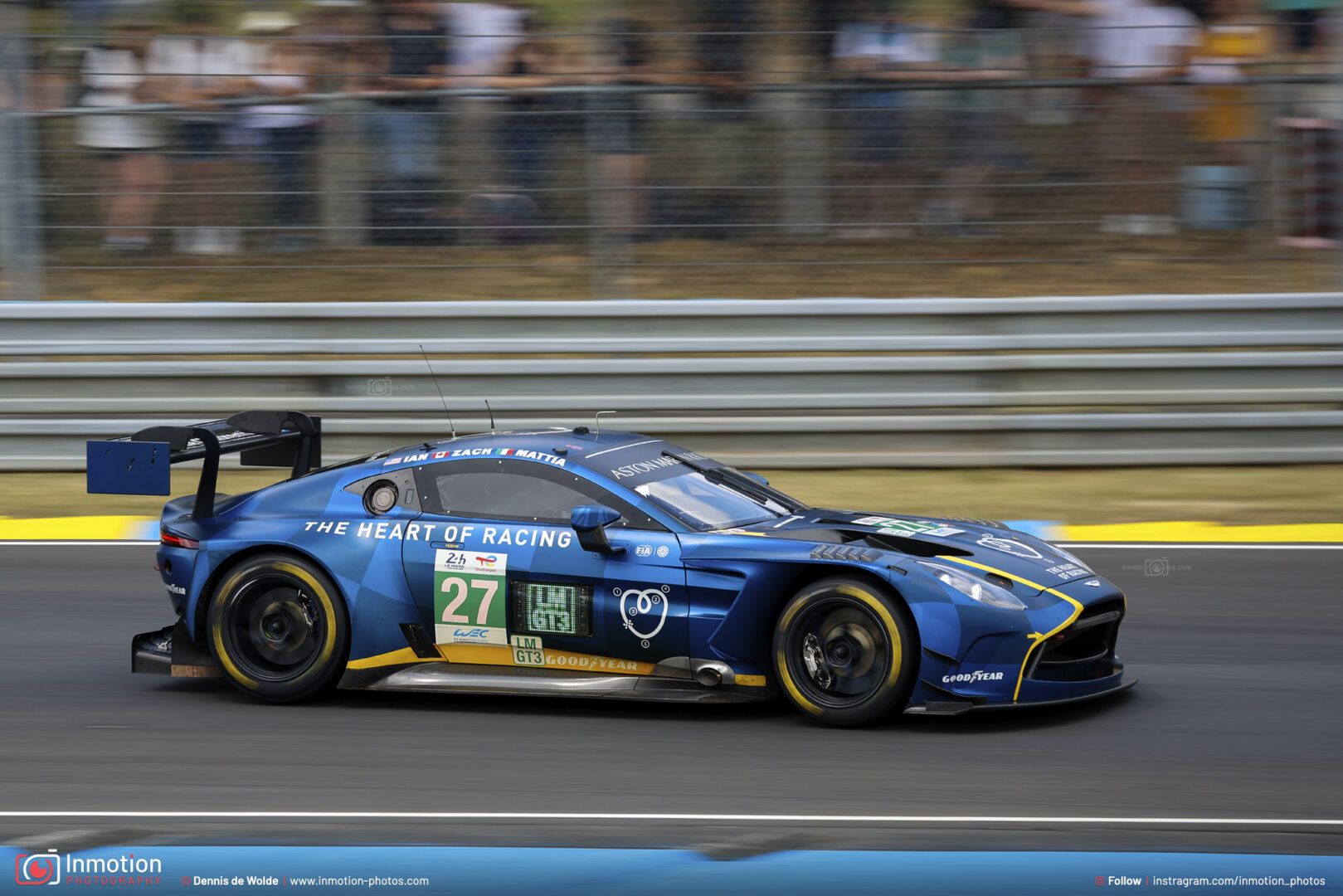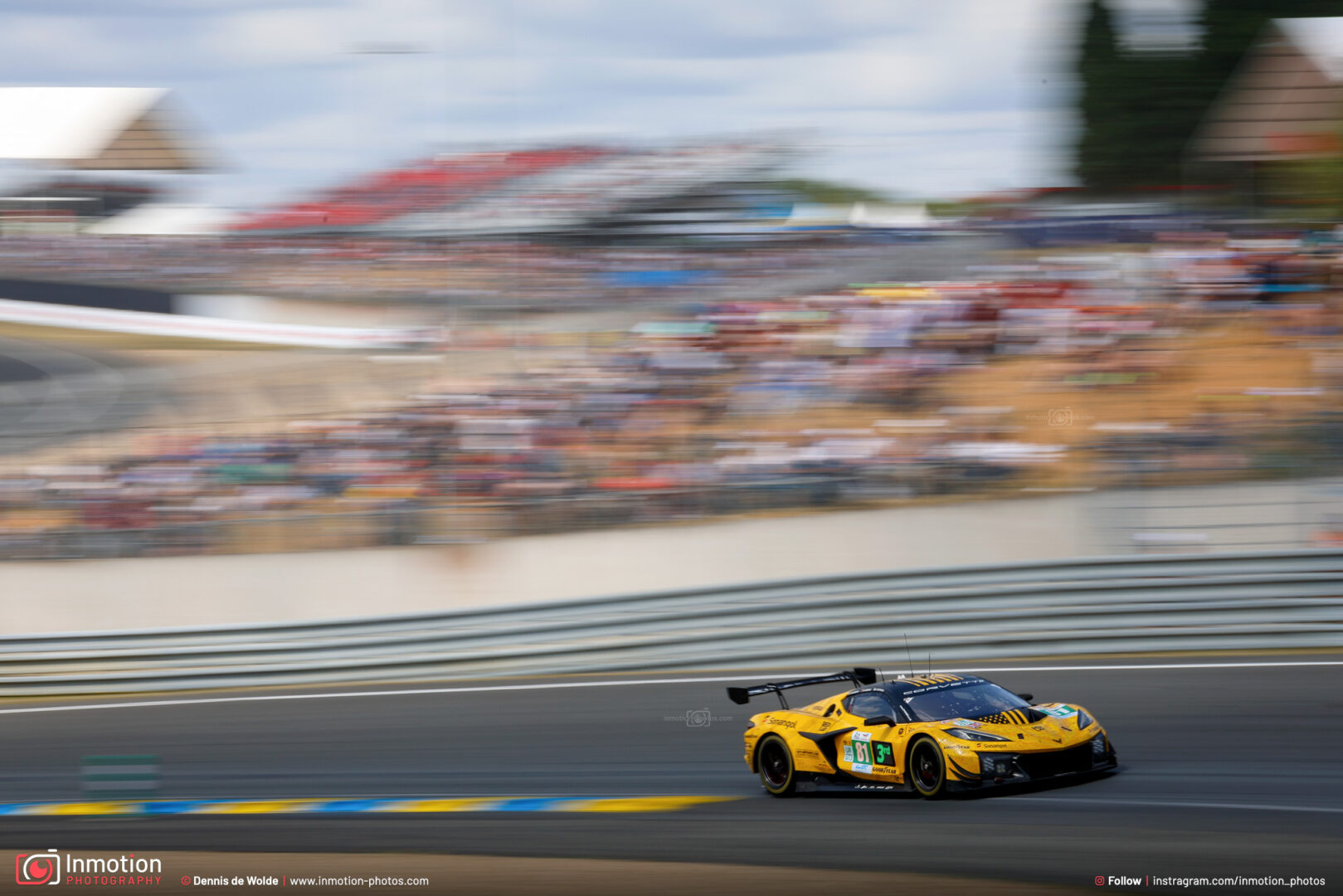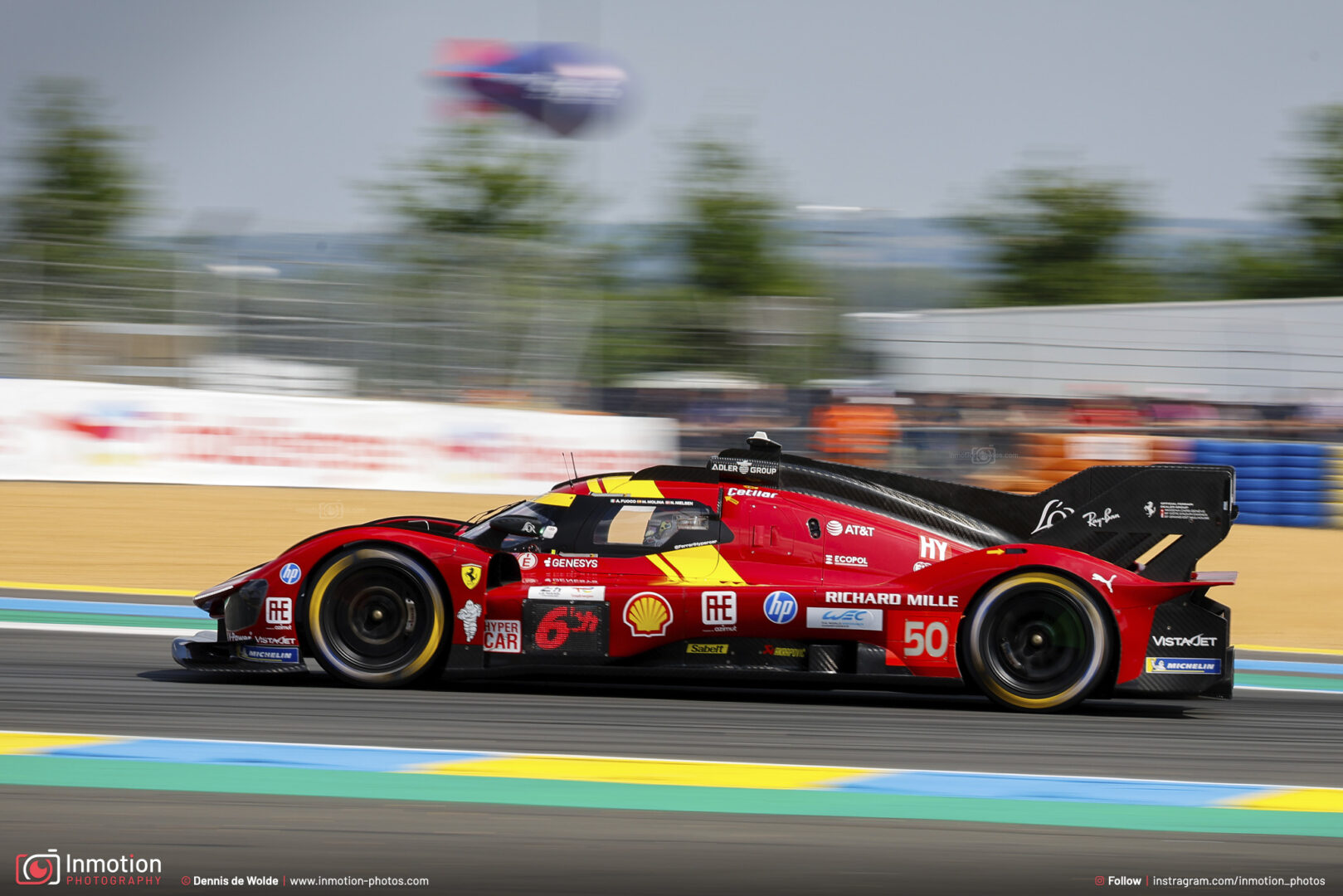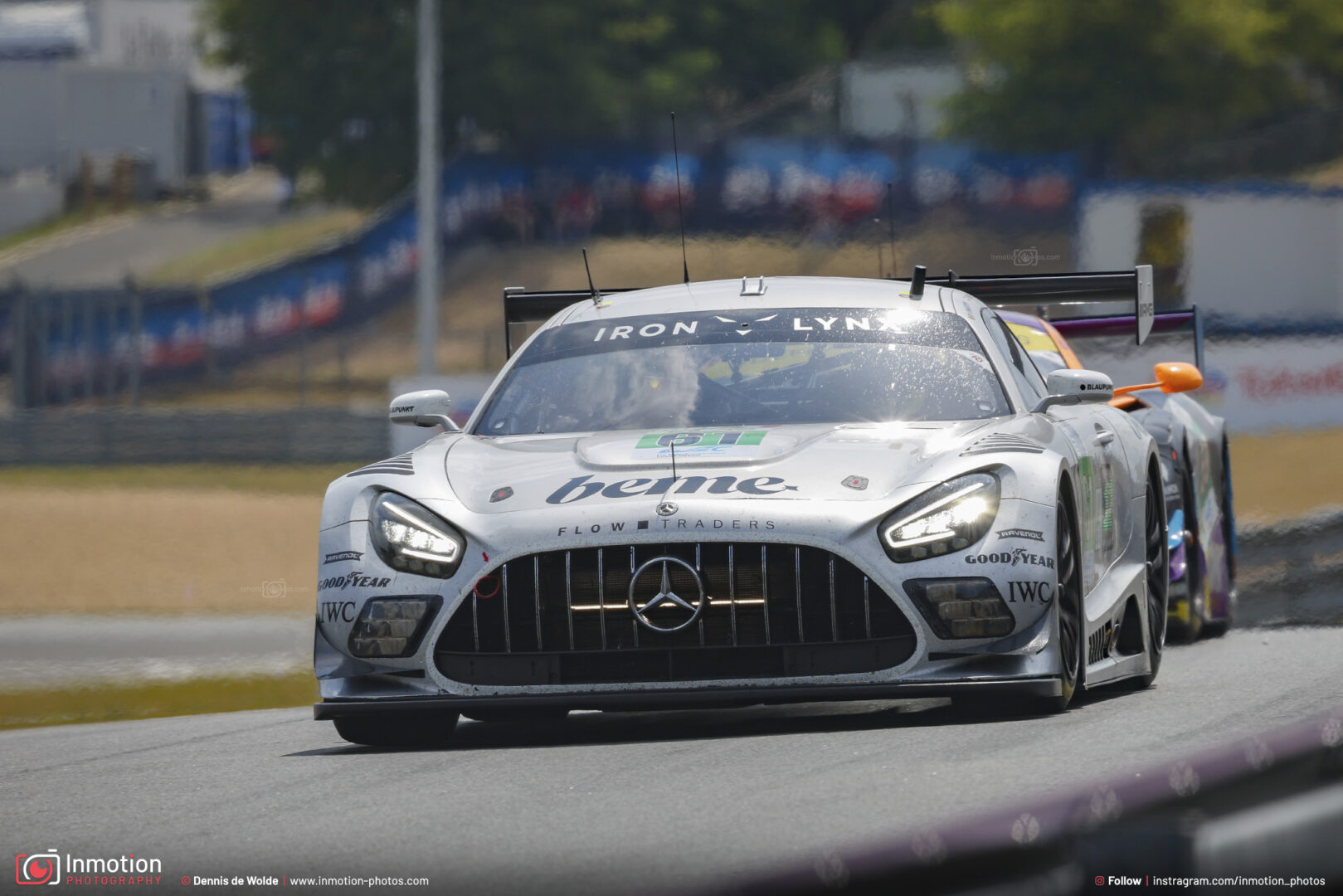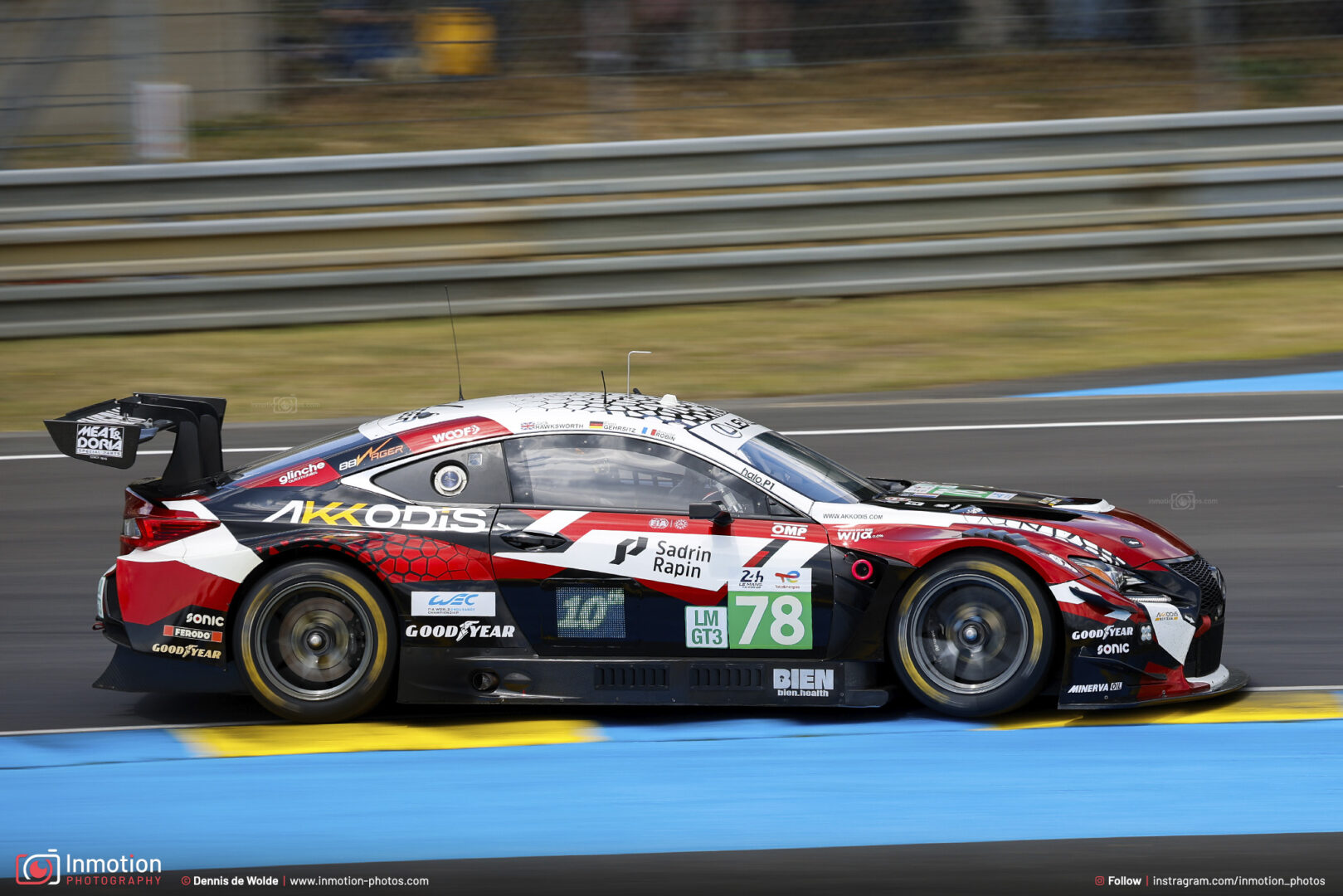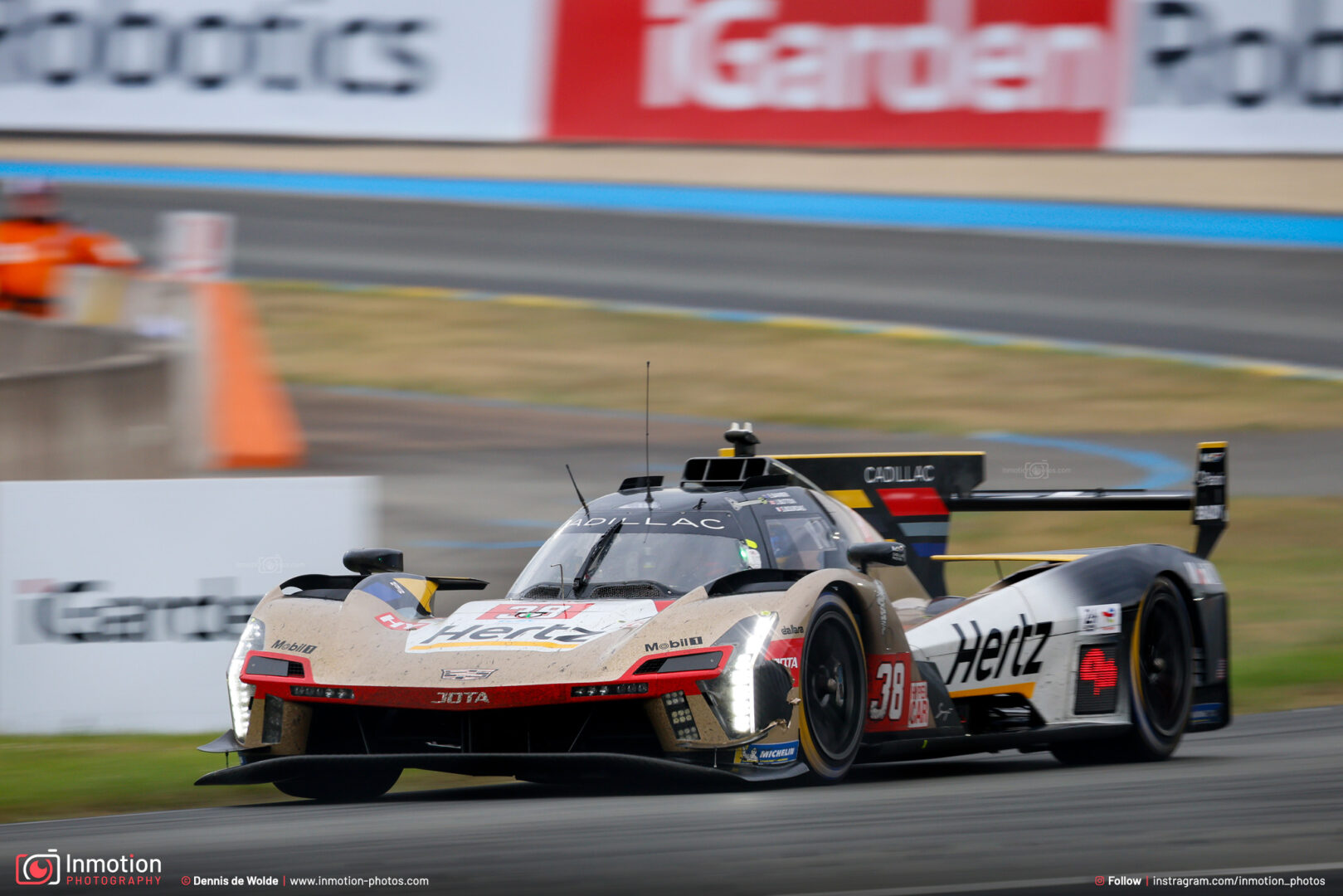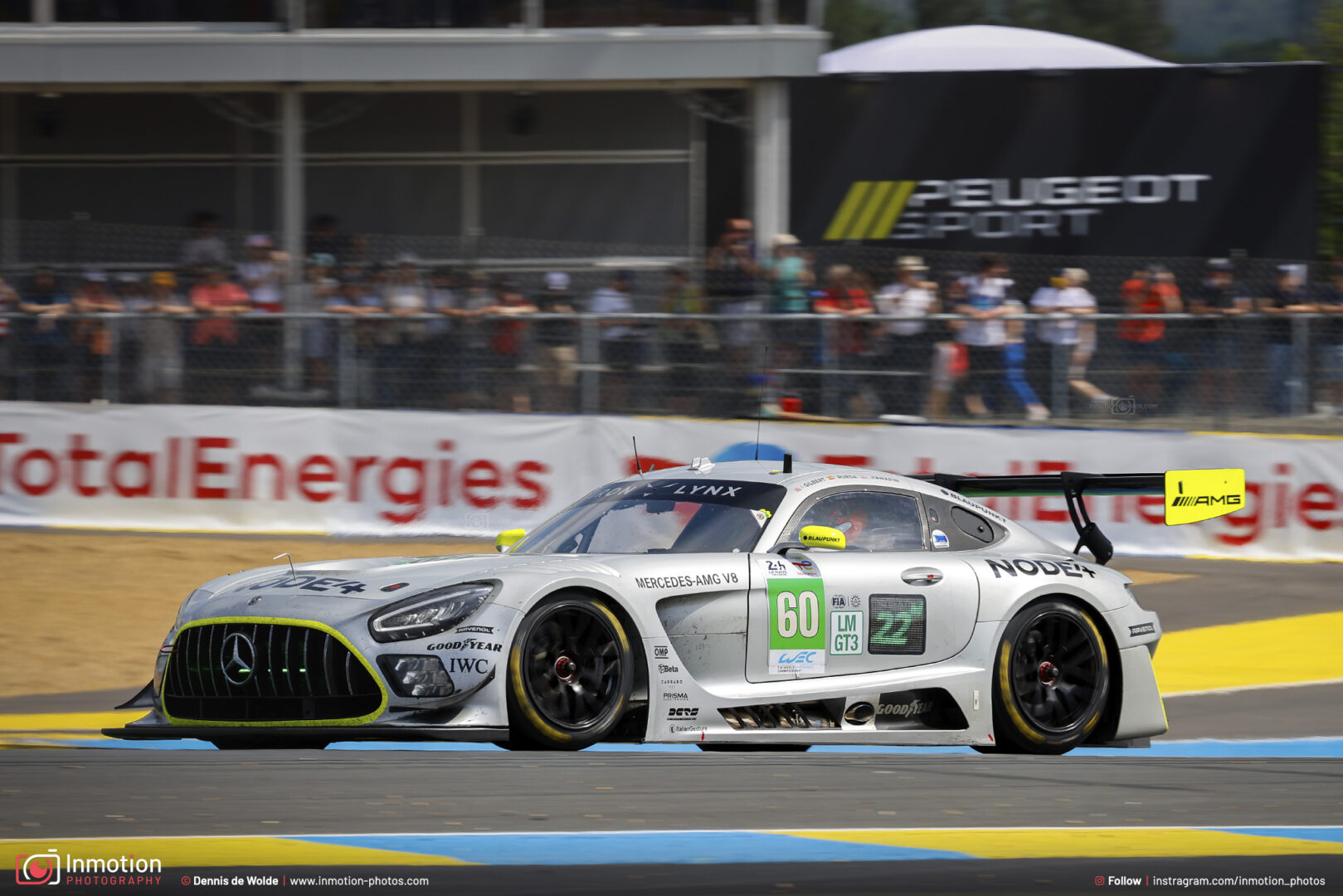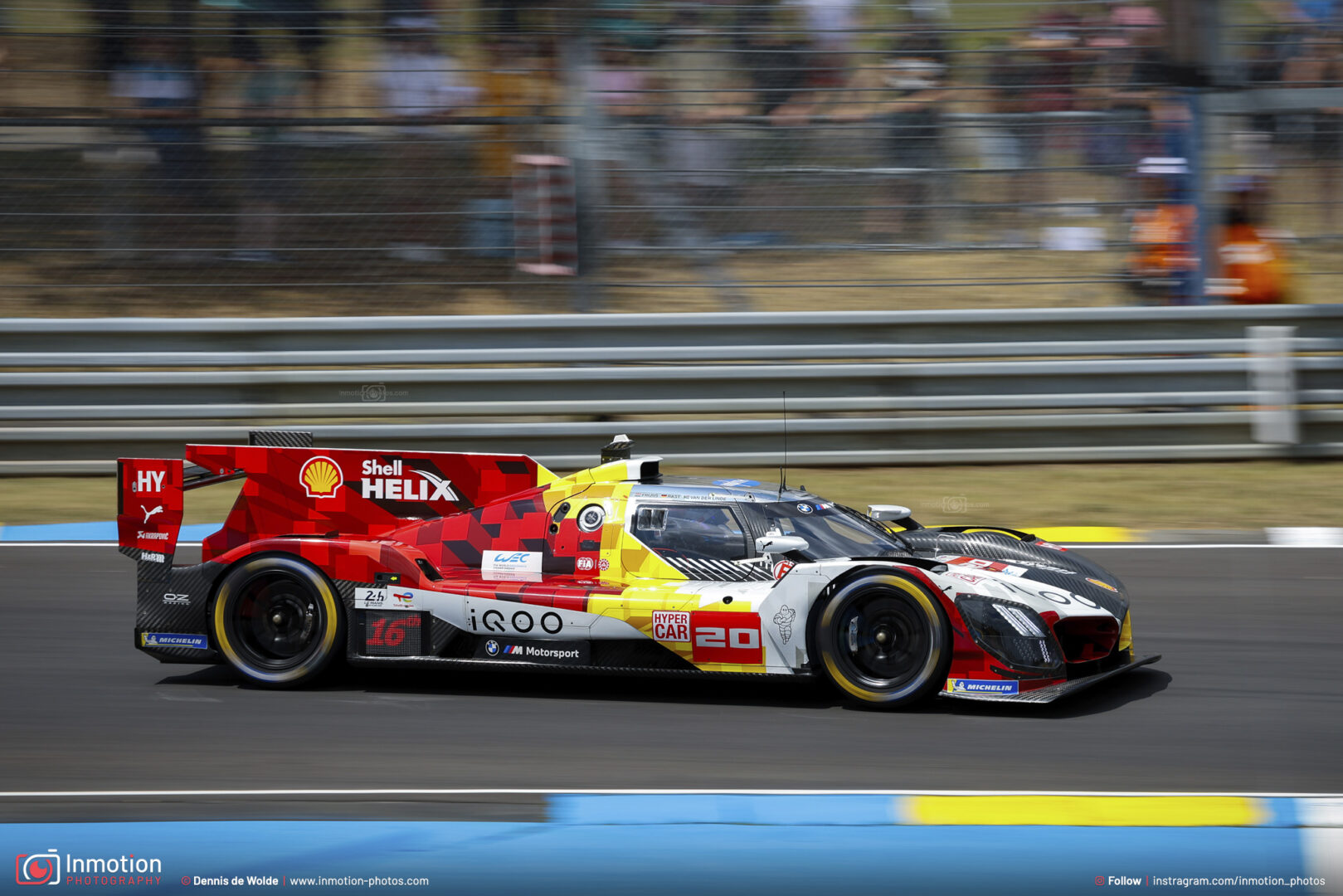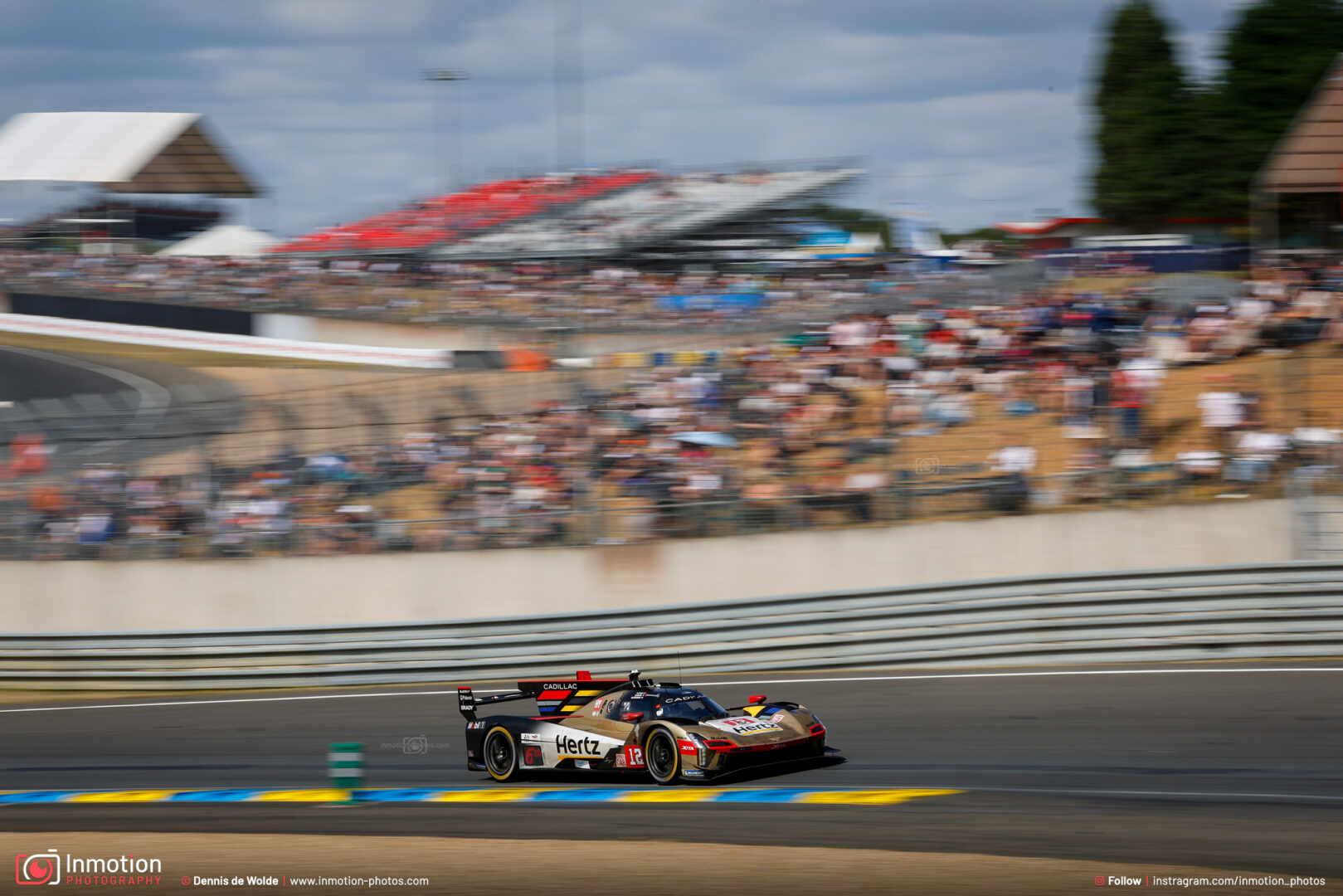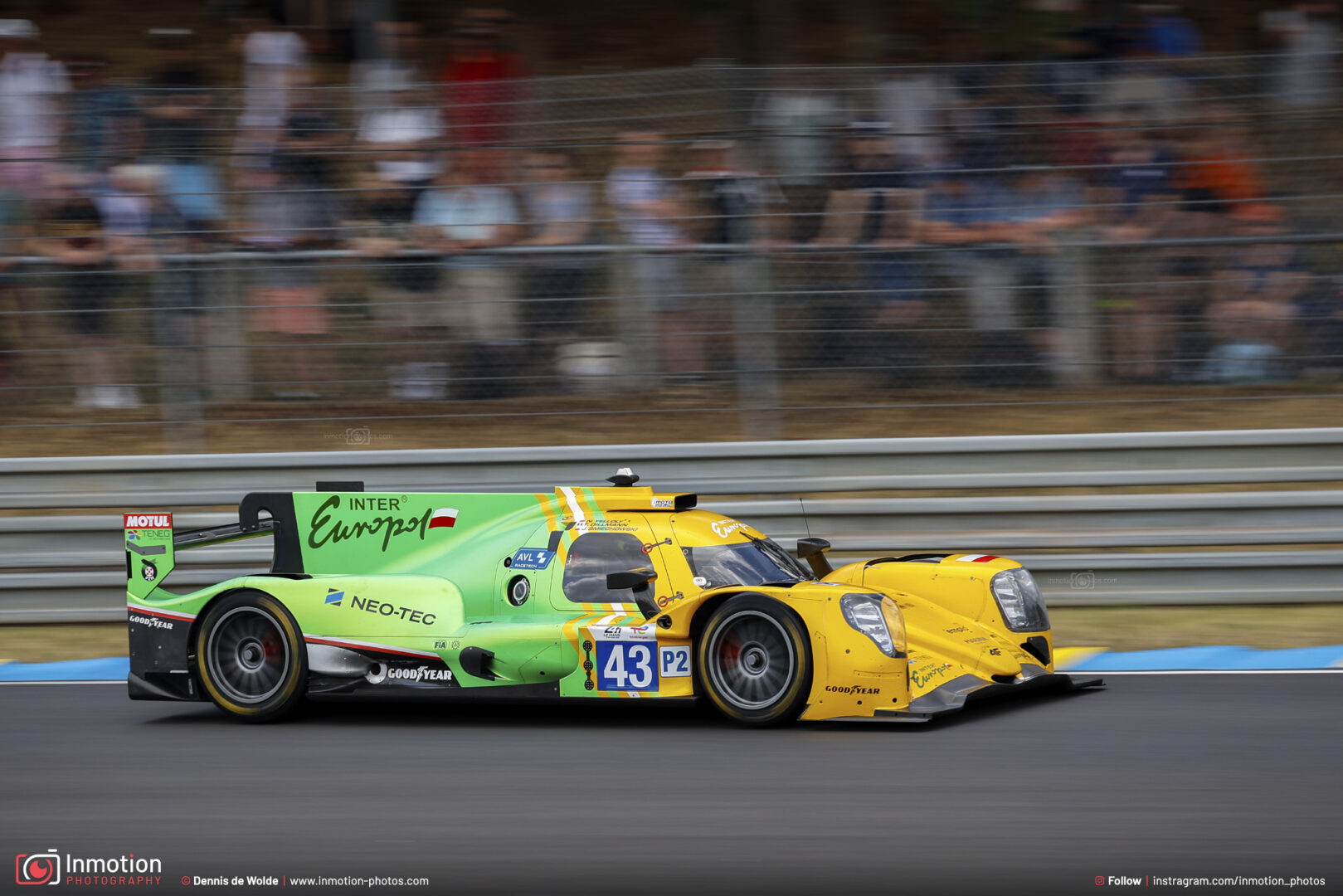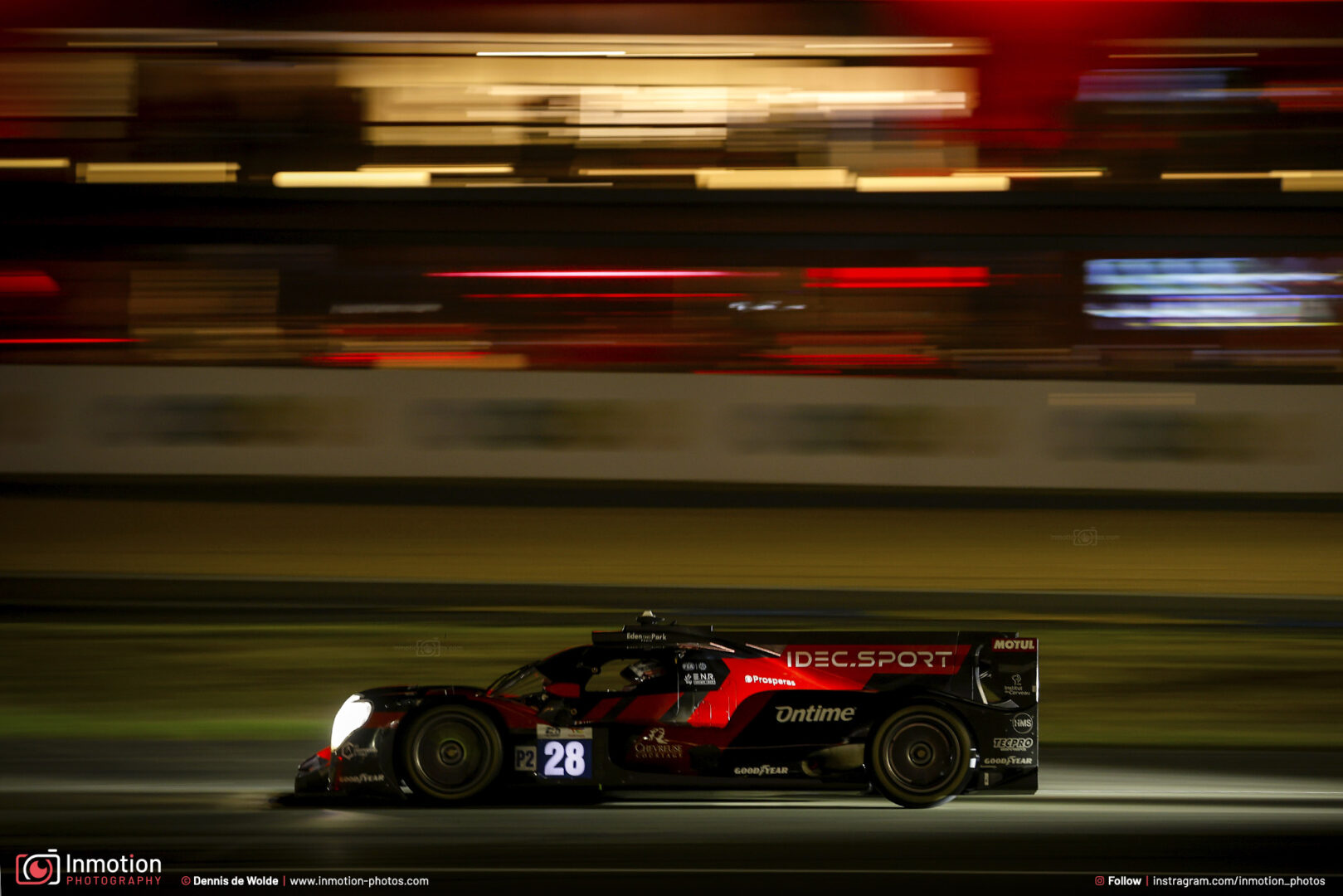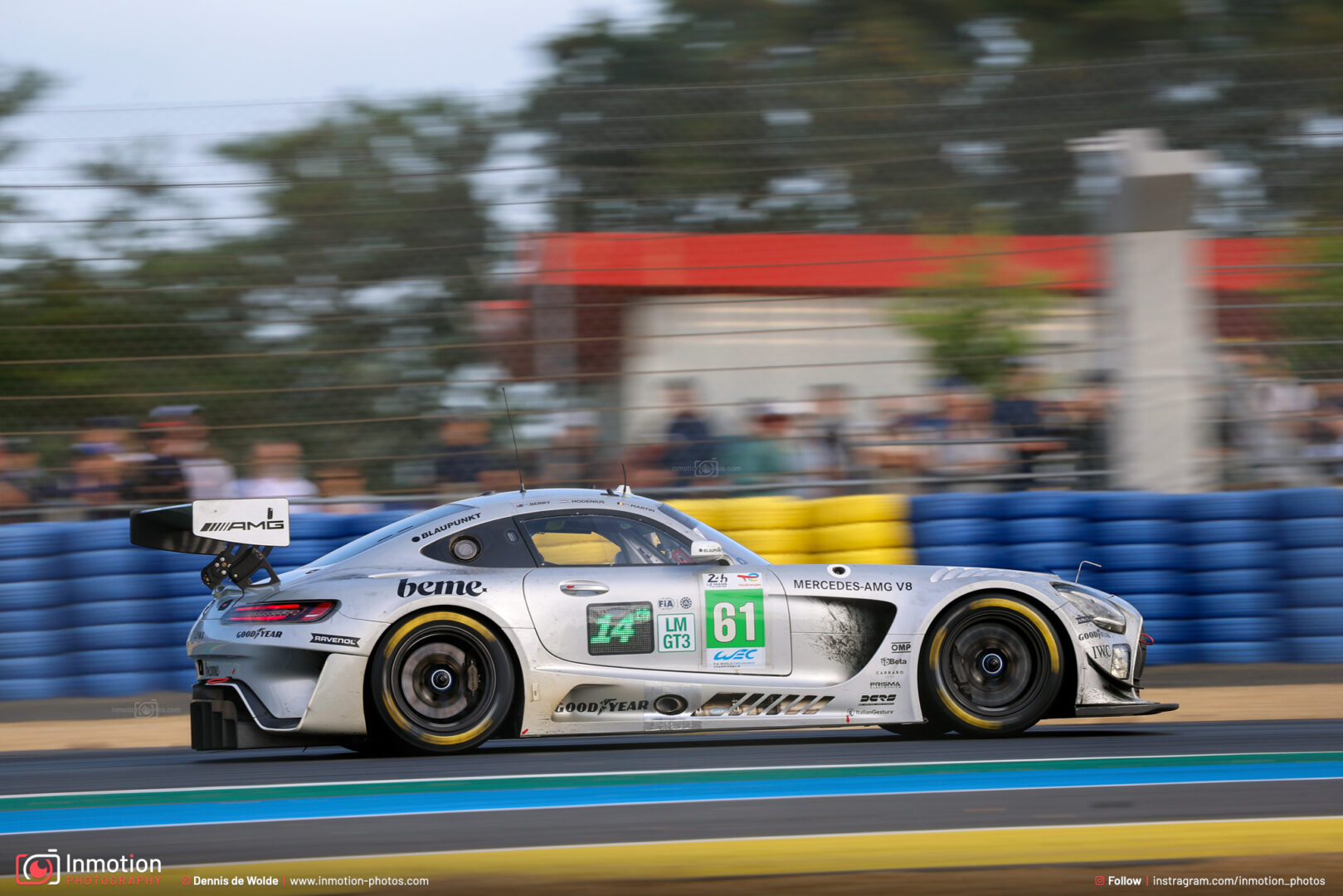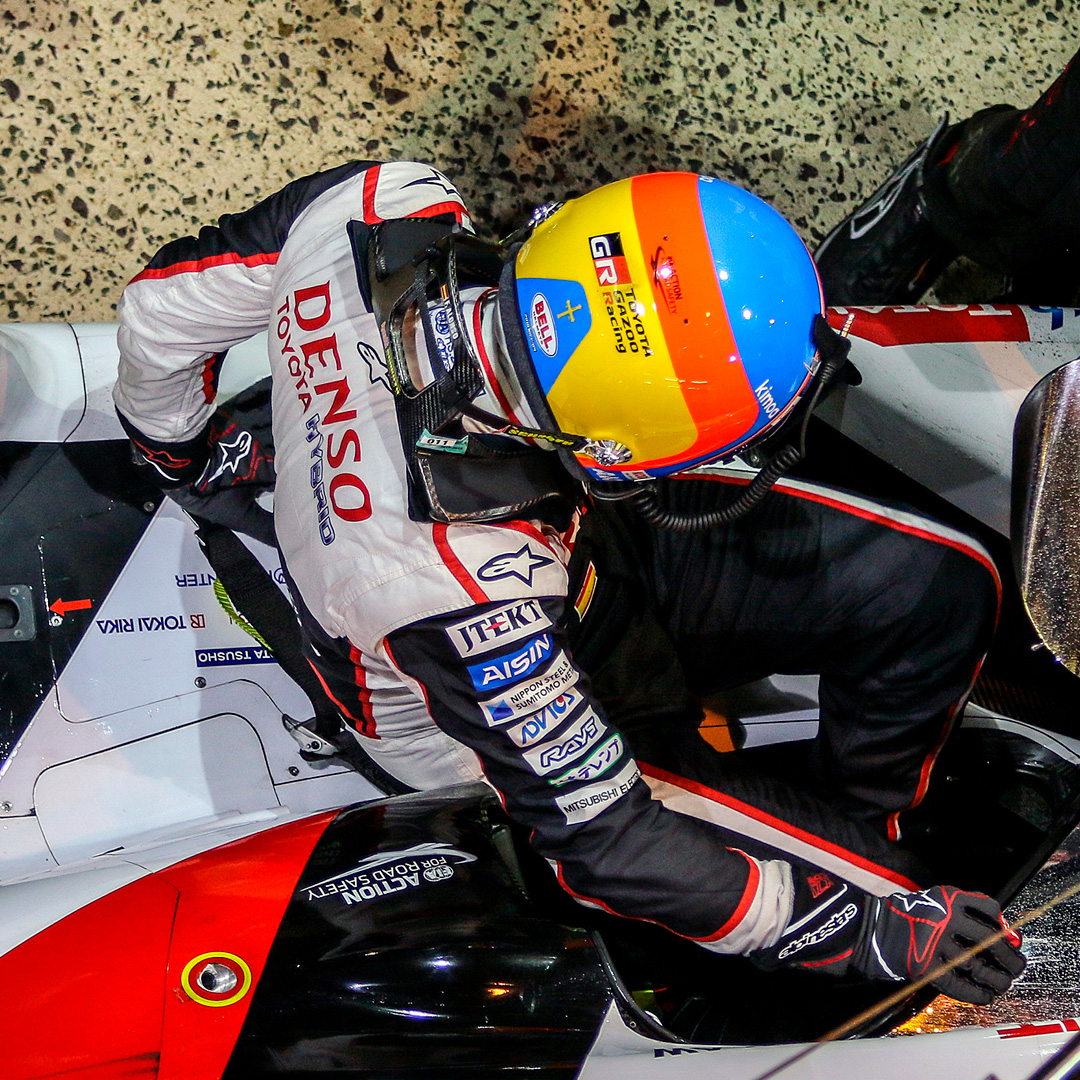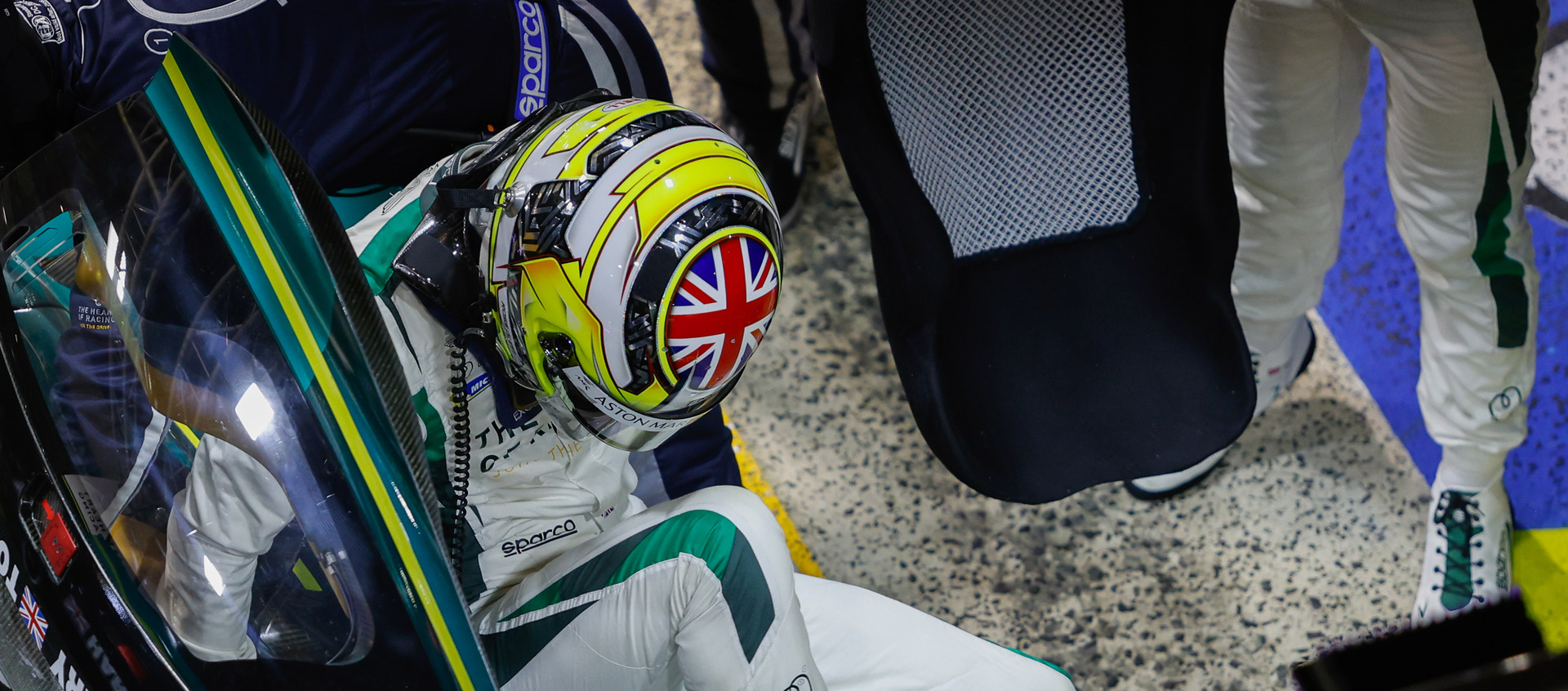
Le Mans 2025: Emotion in Overdrive
There are moments in motorsport that transcend data, telemetry, and team orders. Moments where everything, from fuel strategy to fate, aligns. This year’s 24 Hours of Le Mans was exactly that: a raw, emotional collision between man, machine, and the ever-shifting sands of time at the Circuit de la Sarthe.As the engines fired up under the moody June skies, you could already feel the tension. The paddock buzzed with expectation, but few could have predicted the poetic way this race would unfold. By the time the checkered flag waved, Ferrari had claimed its third consecutive Le Mans win—but this wasn’t just another entry in the history books. It was a victory soaked in drama, strategy, and pure human resilience.
Read more 39 photos 14/06/2025
Where Precision Danced with Fury and Focus Never Faltered
The AF Corse No. 83 Ferrari 499P—driven by Robert Kubica, Yifei Ye, and Phil Hanson—was calm under pressure. Their pace was clinical, their intent clear. Kubica’s final stint lasted over three and a half hours, and every lap carried the weight of his story. After a near career-ending crash and seasons of disappointment, this race felt deeply personal. When he climbed out, exhausted and wide-eyed, the emotion was undeniable. He had finally conquered the one race that had long denied him.
Ferrari’s approach combined elegance and grit. Others stumbled through the shifting weather and chaos of night. Yet the No. 83 stayed composed and sharp. Meanwhile, its sister car—the No. 50—led much of the race. But it fell to heartbreak. A technical infraction involving the rear wing led to disqualification. In the Ferrari garage, silence said more than words ever could. Victory and loss often ride in the same truck at Le Mans.
Porsche refused to make life easy for anyone. The No. 6 car started deep in the field, but fought all the way to the front. In the final hour, it closed the gap to just fourteen seconds. The chase was relentless. It was one of those Le Mans drives that defies belief. They didn’t win—but they made sure no one forgot them. Every pit stop, every decision, every tire compound mattered. At Le Mans, even seconds demand sacrifice.
Elsewhere on the grid, chaos found its rhythm. Cadillac suffered multiple retirements. Toyota lacked the raw pace needed to challenge the leaders. Peugeot had flashes of brilliance but couldn’t sustain it. Aston Martin’s Hypercar debut was quiet. There were no fireworks, only flickers of what might come in the future. Still, even a muted debut at Le Mans carries weight. This race never forgets its new blood.
Le Mans isn’t just about who wins.
It’s about surviving the full 24 hours. It’s about repairing what shouldn’t be repairable. It’s about the people behind the pit wall. Inter Europol mastered that balance in LMP2, delivering a composed and consistent performance. In LMGT3, Porsche’s Manthey team ran almost flawlessly, proving again that pressure creates diamonds—or broken dreams. Their discipline turned chaos into calm. In both classes, these teams reminded us that resilience is as important as speed.
As the sun rose over the Hunaudières straight, and the Dunlop curve echoed with the roar of weary engines, something shifted. You could feel it in the ground, in the way mechanics held their breath. Le Mans had done what it always does—tested everything and everyone. This race wasn’t just a competition. It was a survival story. For a lucky few, it was also the moment they became legends.
Back in the press room, the rush to file stories was almost as frantic as the final laps. Fans spilled onto the circuit. Flags waved. And through all the noise, one thought stayed with me: this wasn’t just endurance racing. It was something deeper. Every lap wrote a sentence. Every pit stop turned the plot. The ending, as always, was unscripted—but unforgettable.
